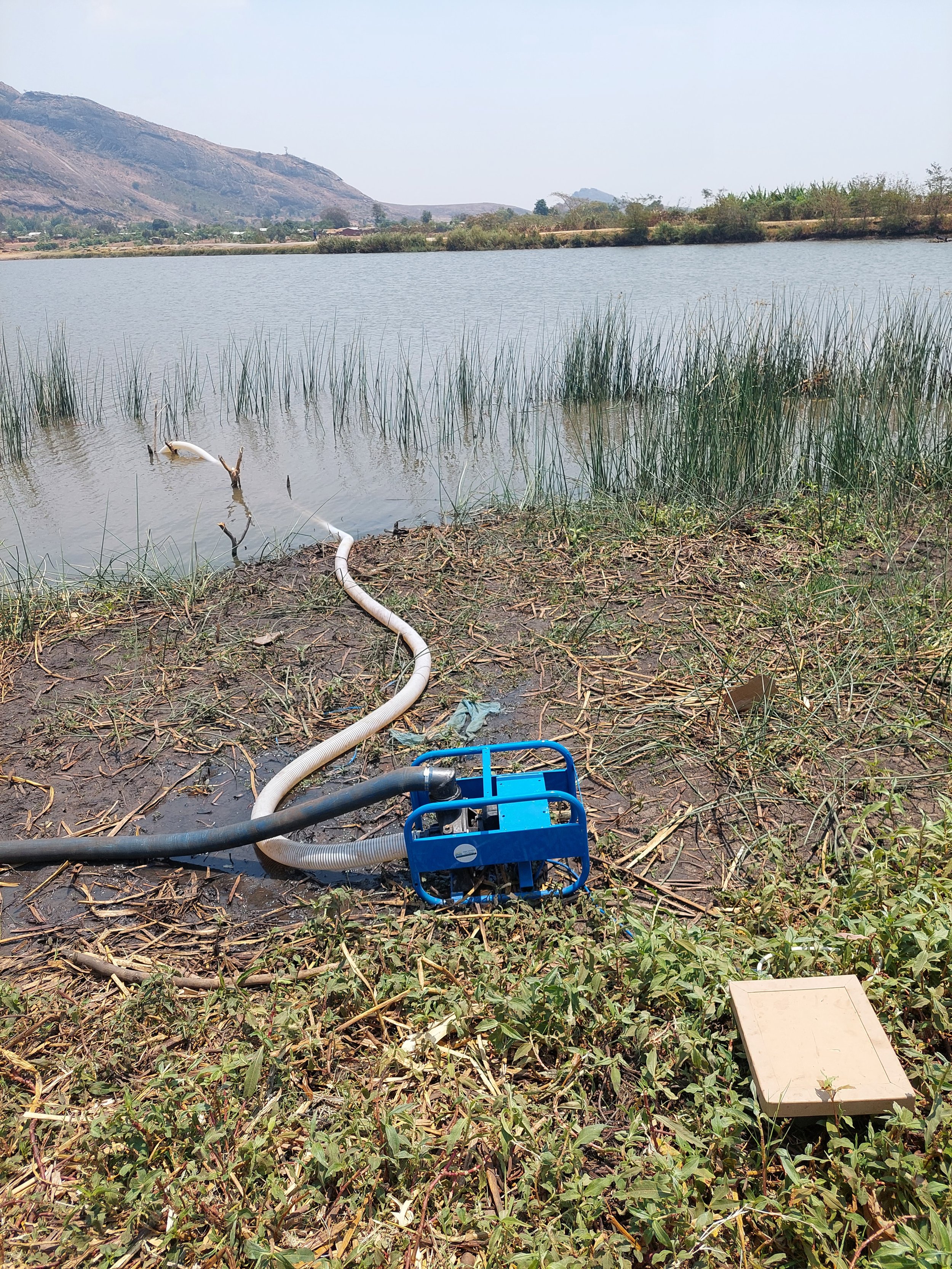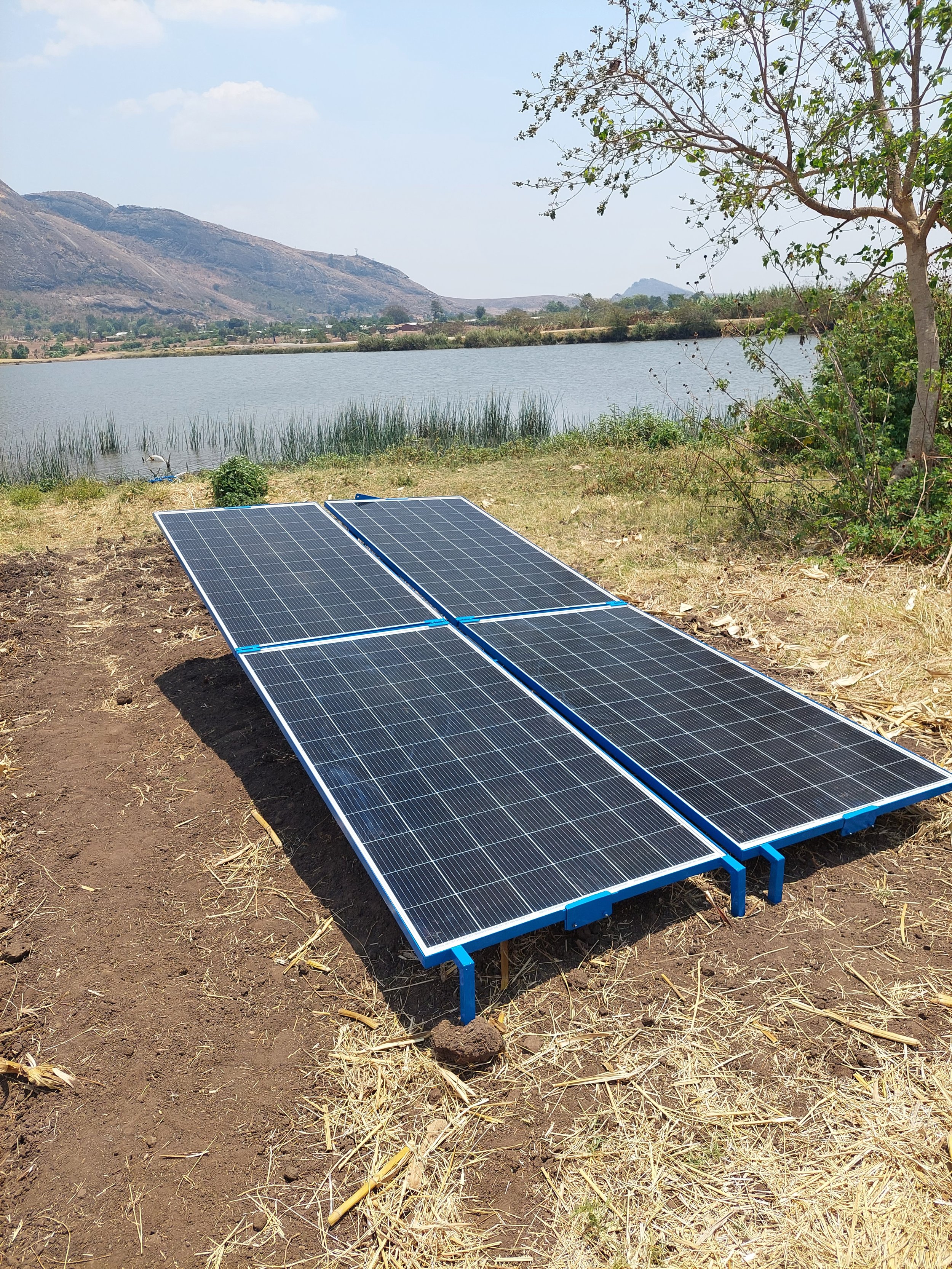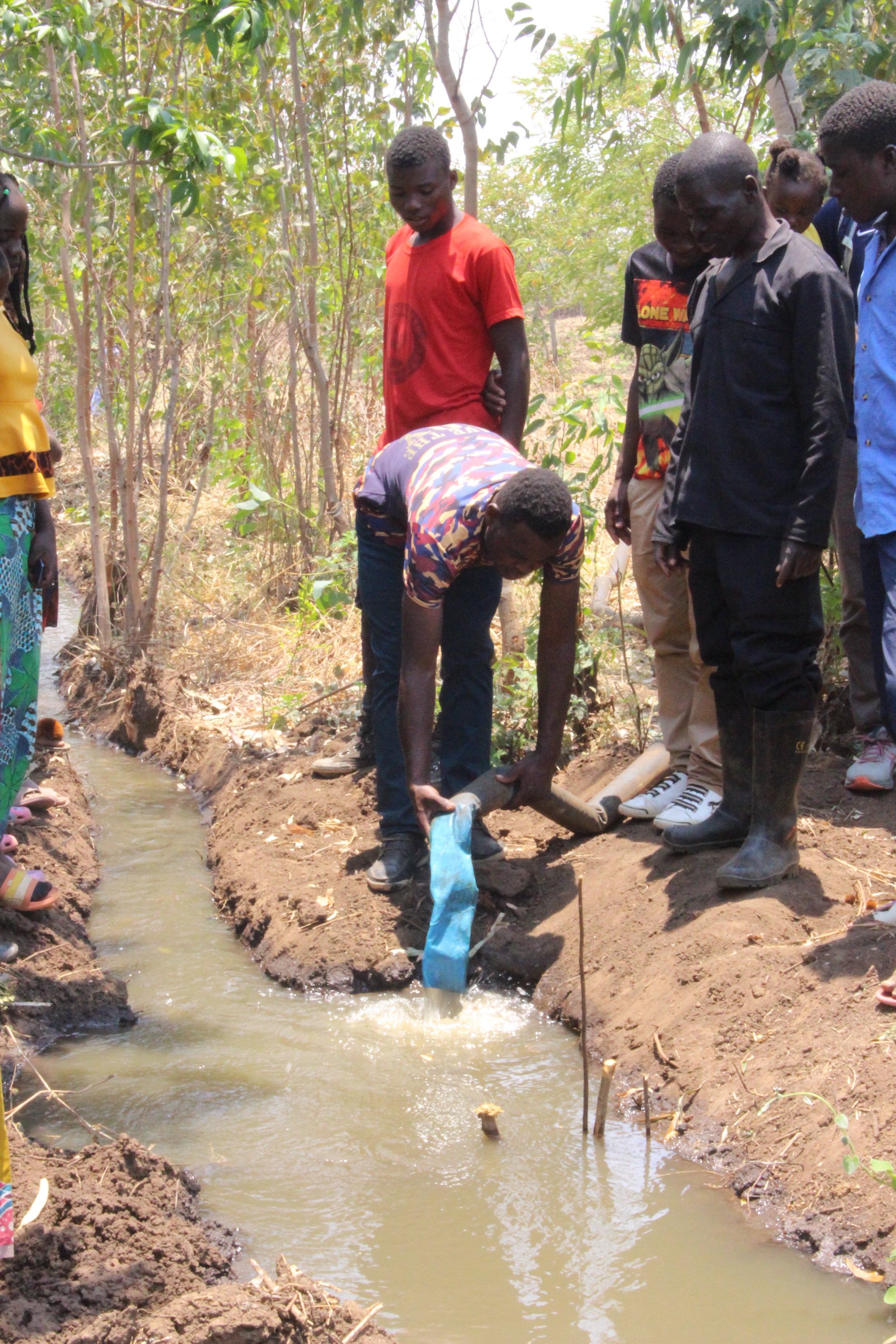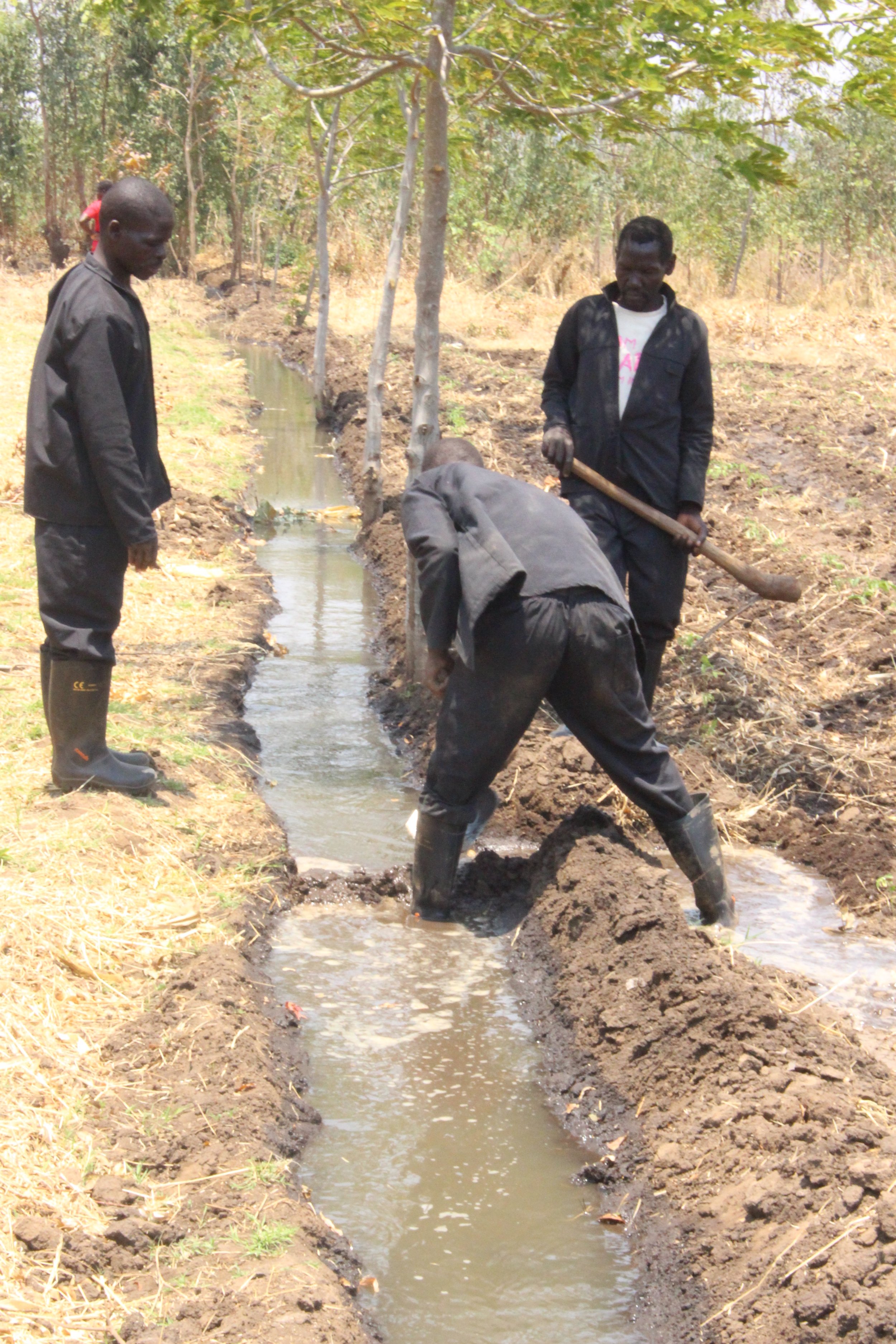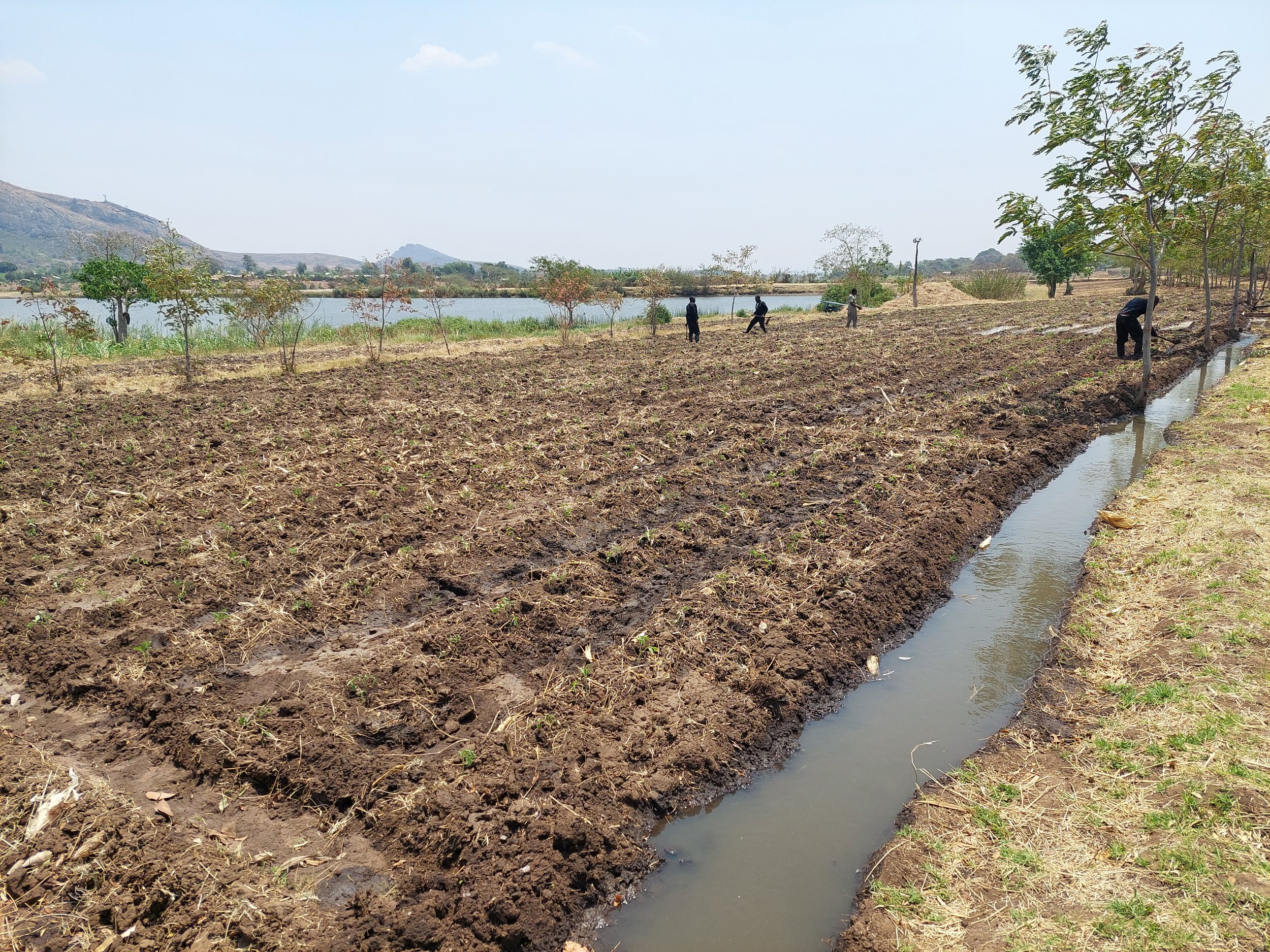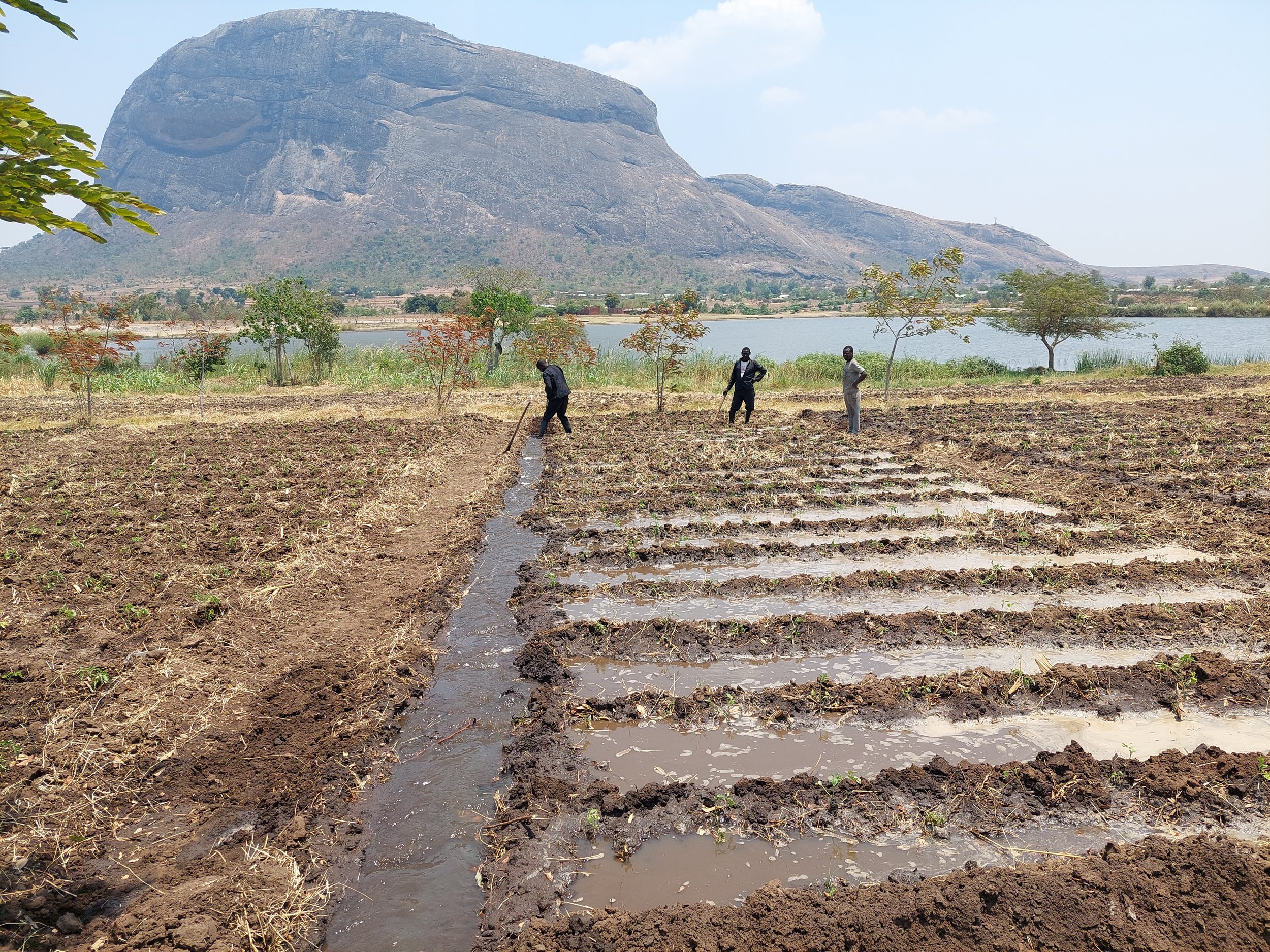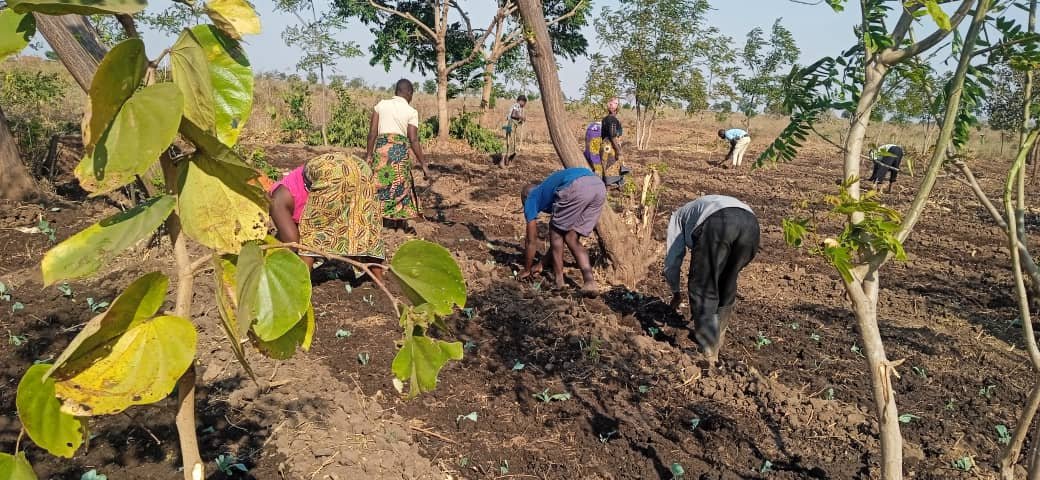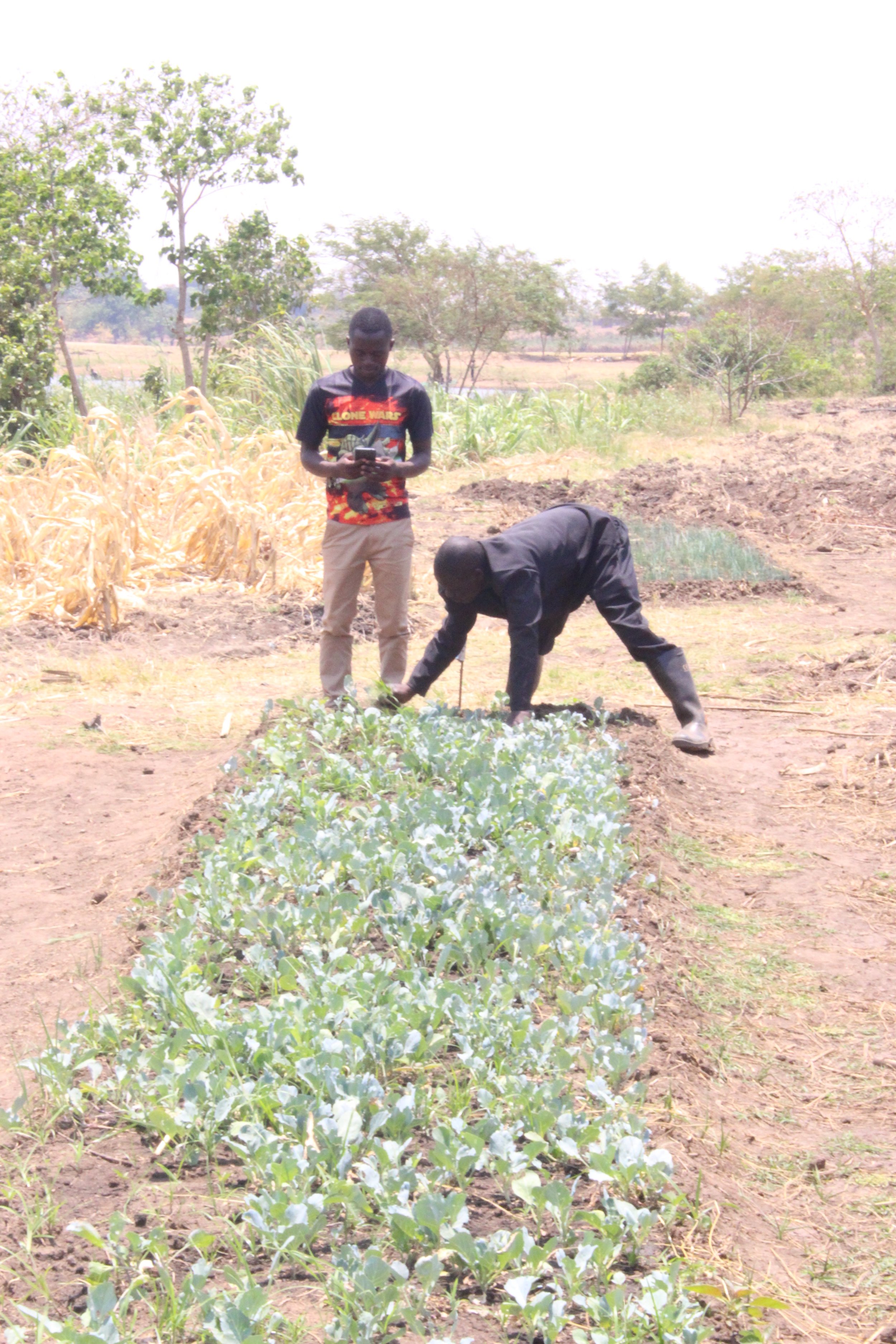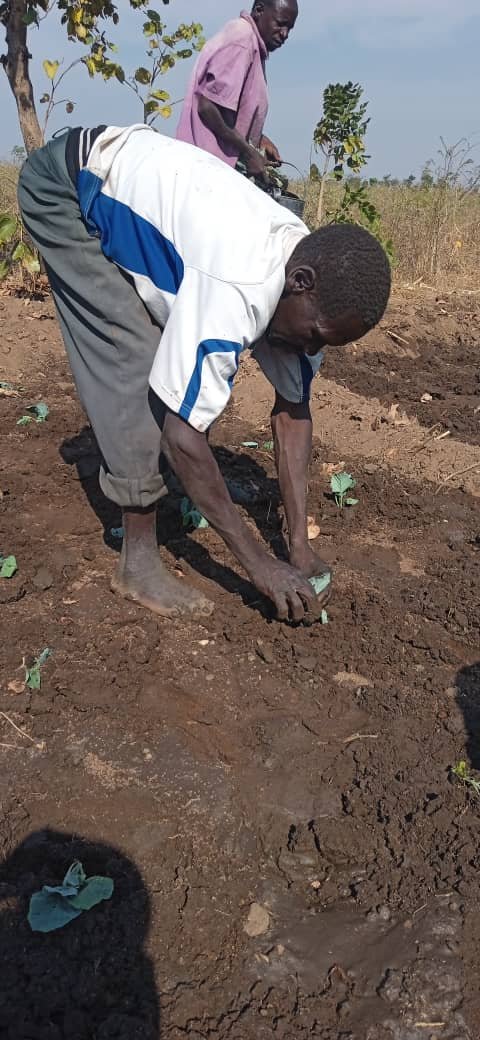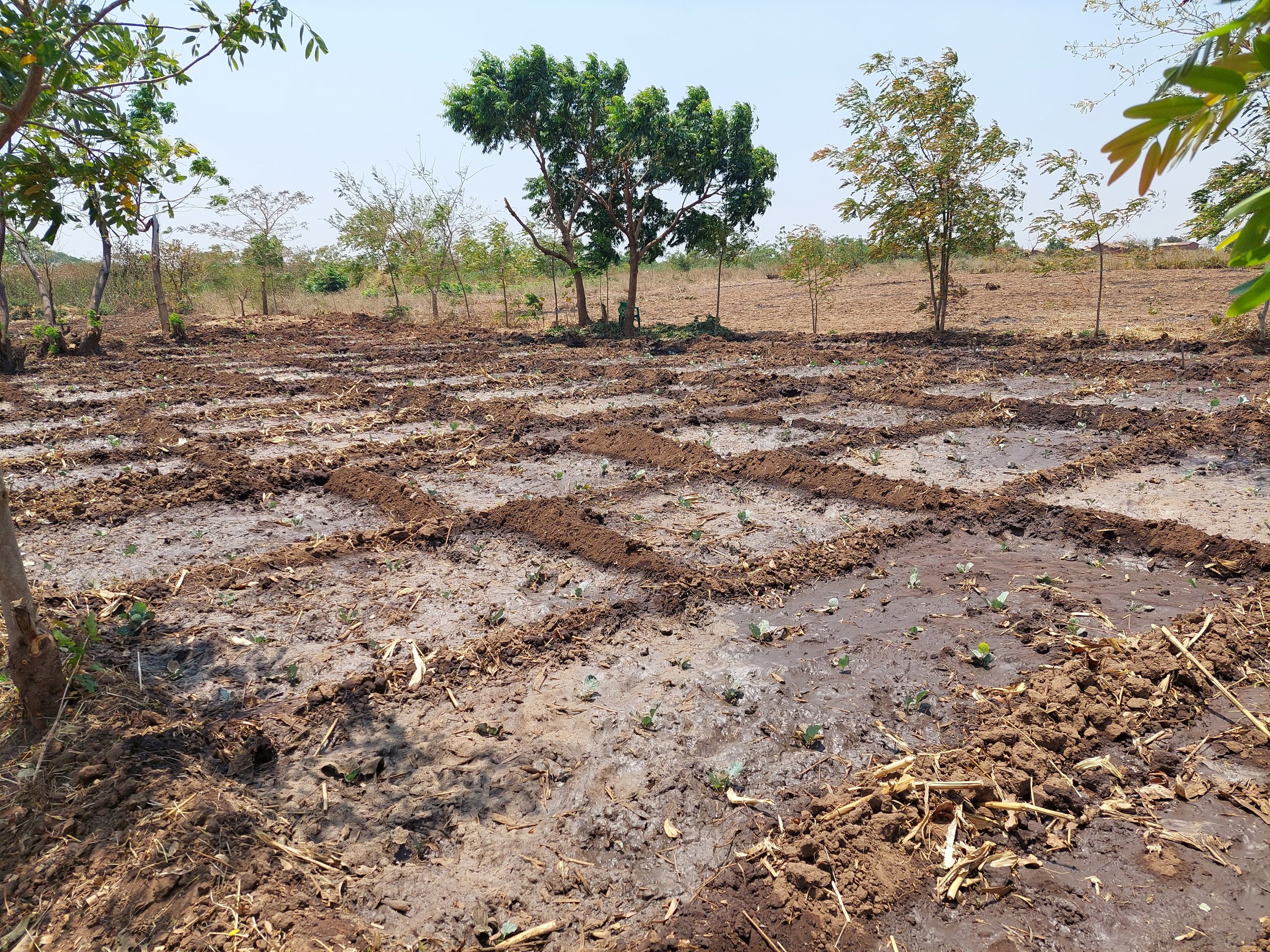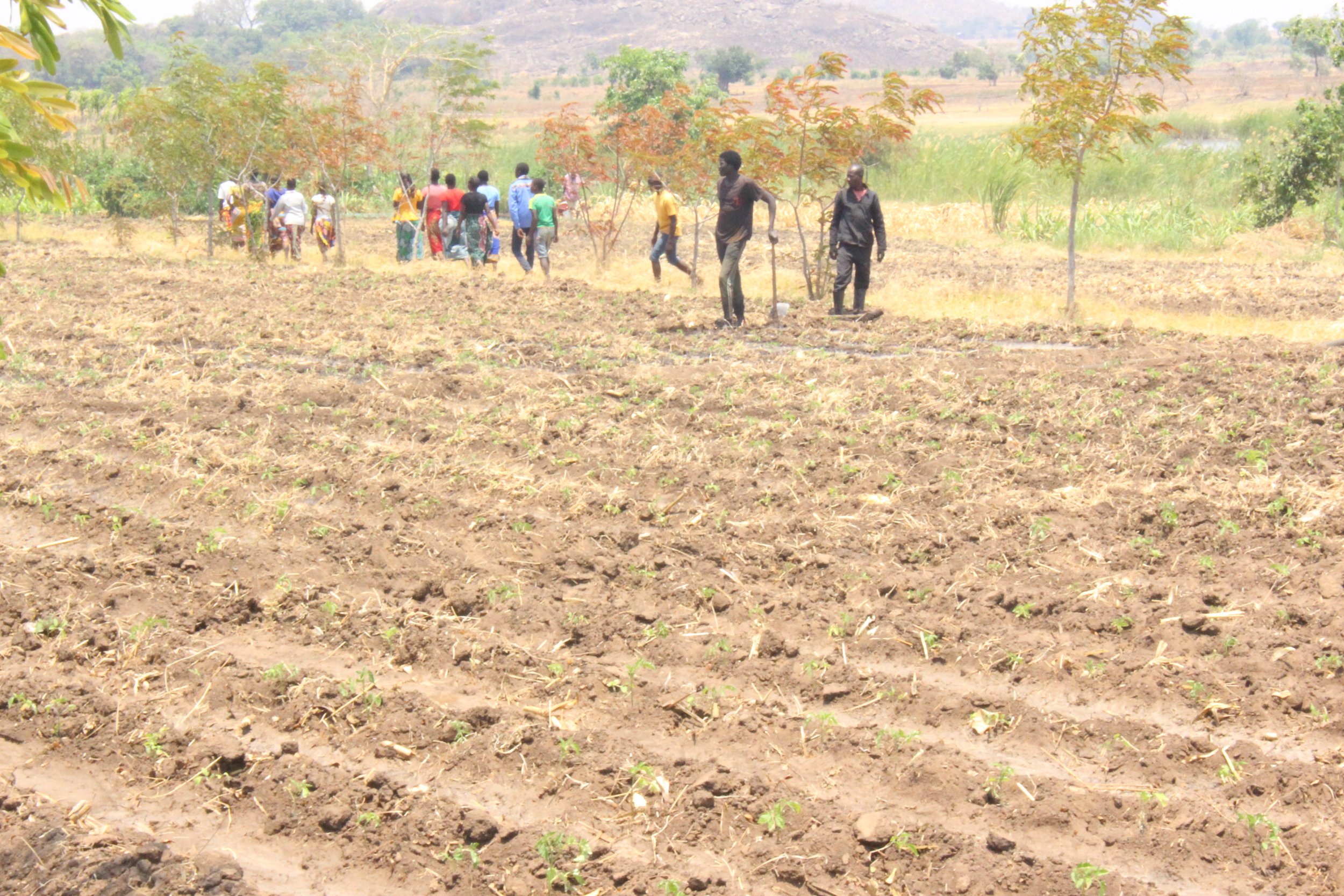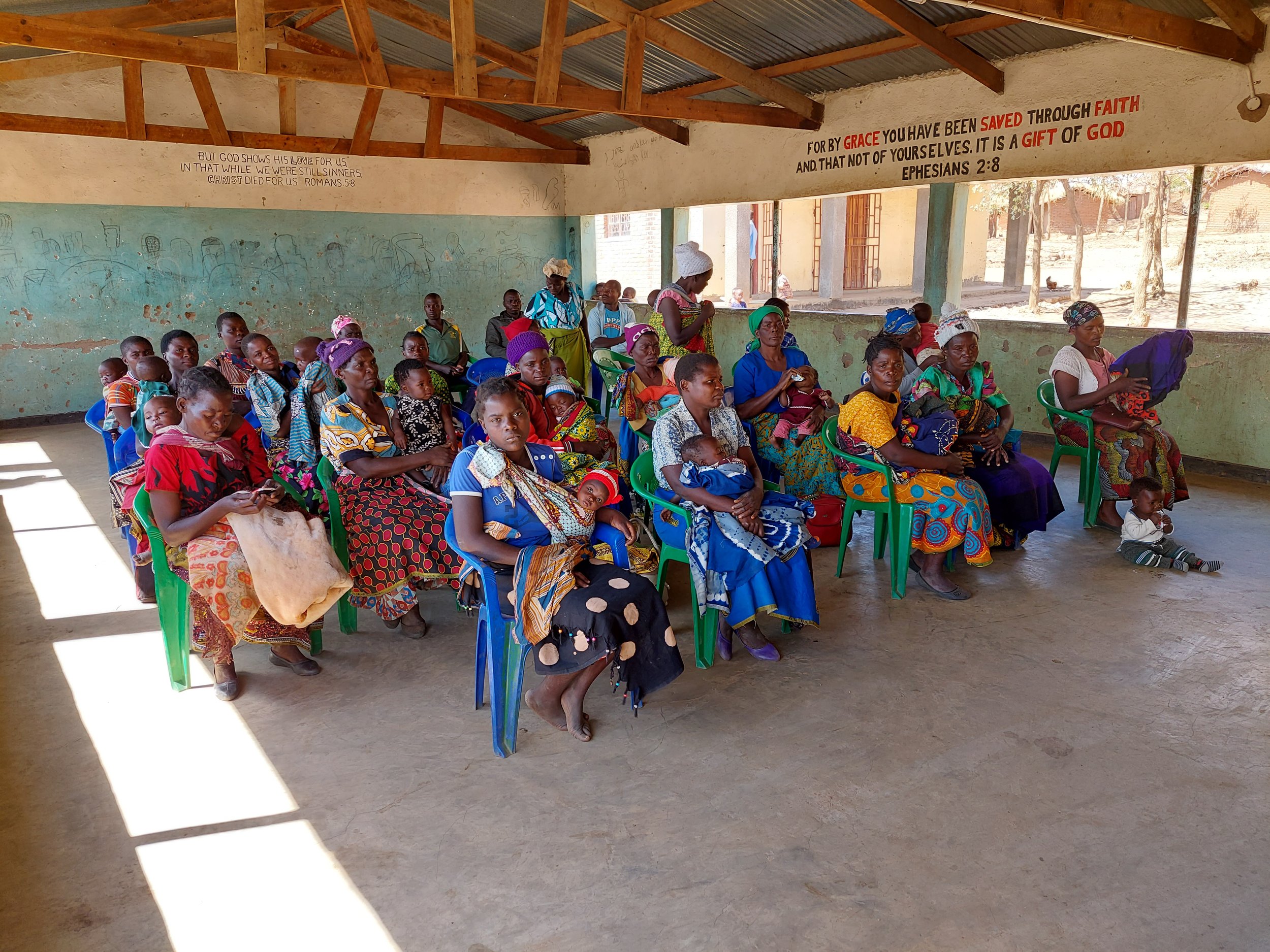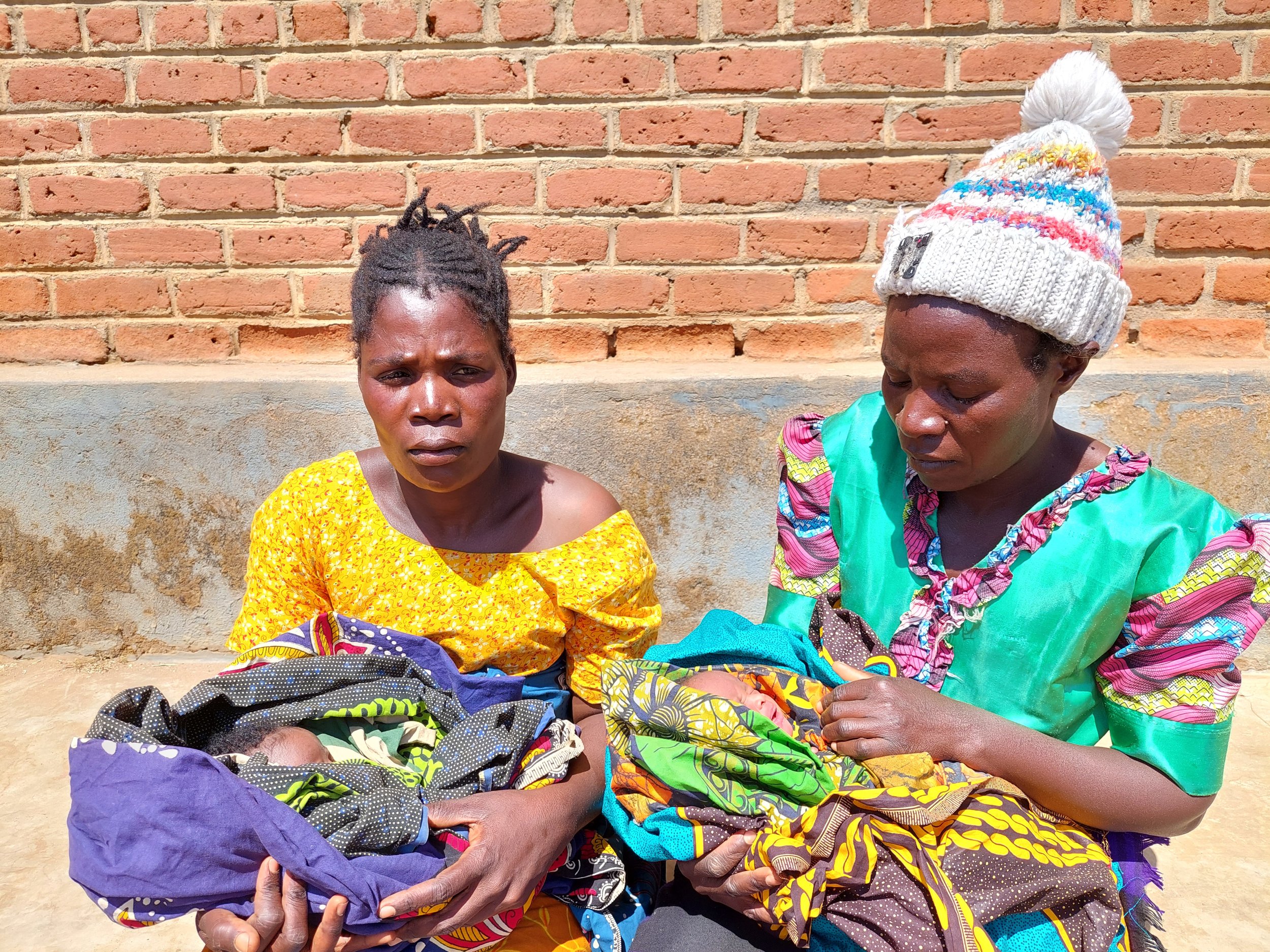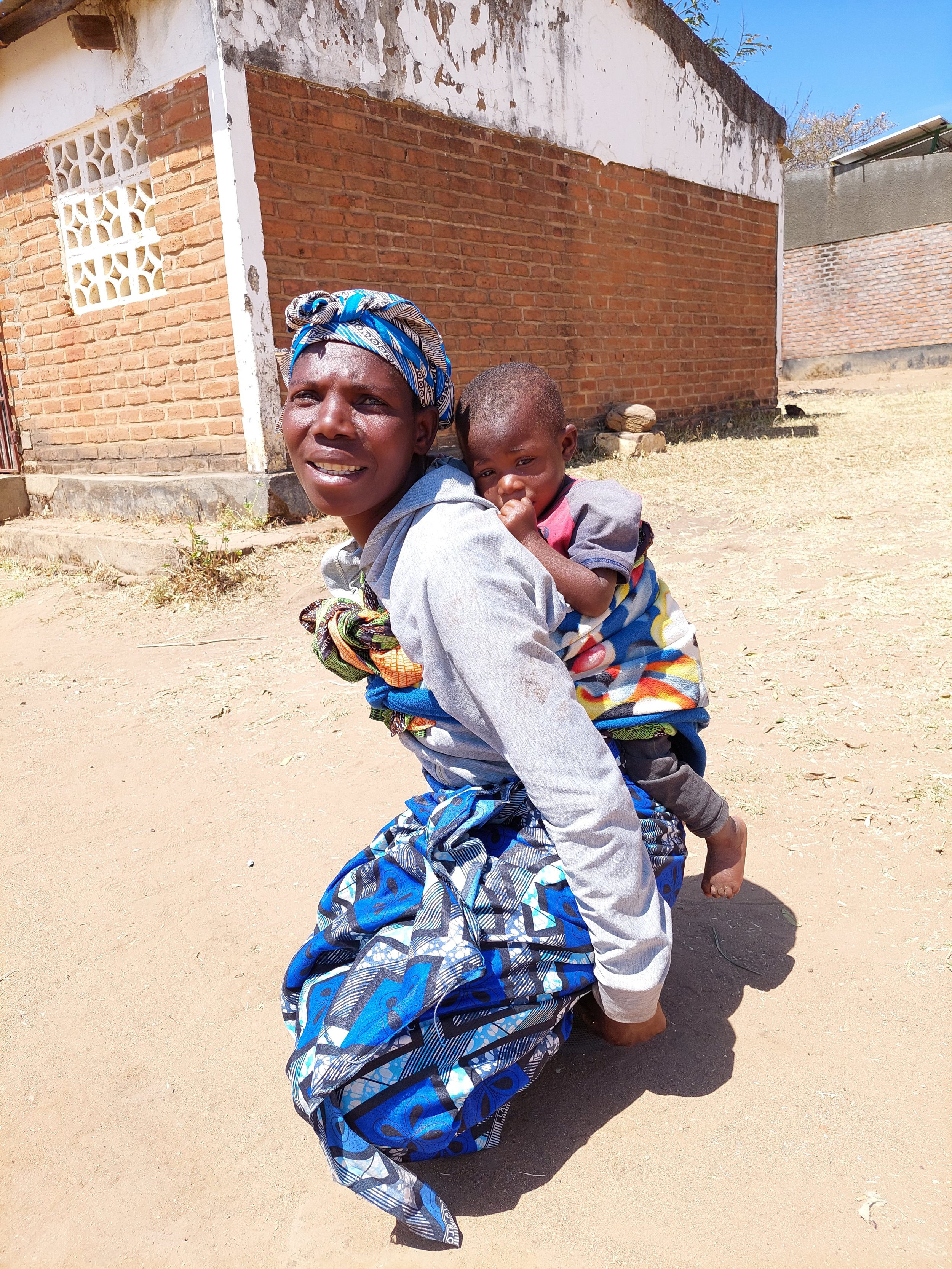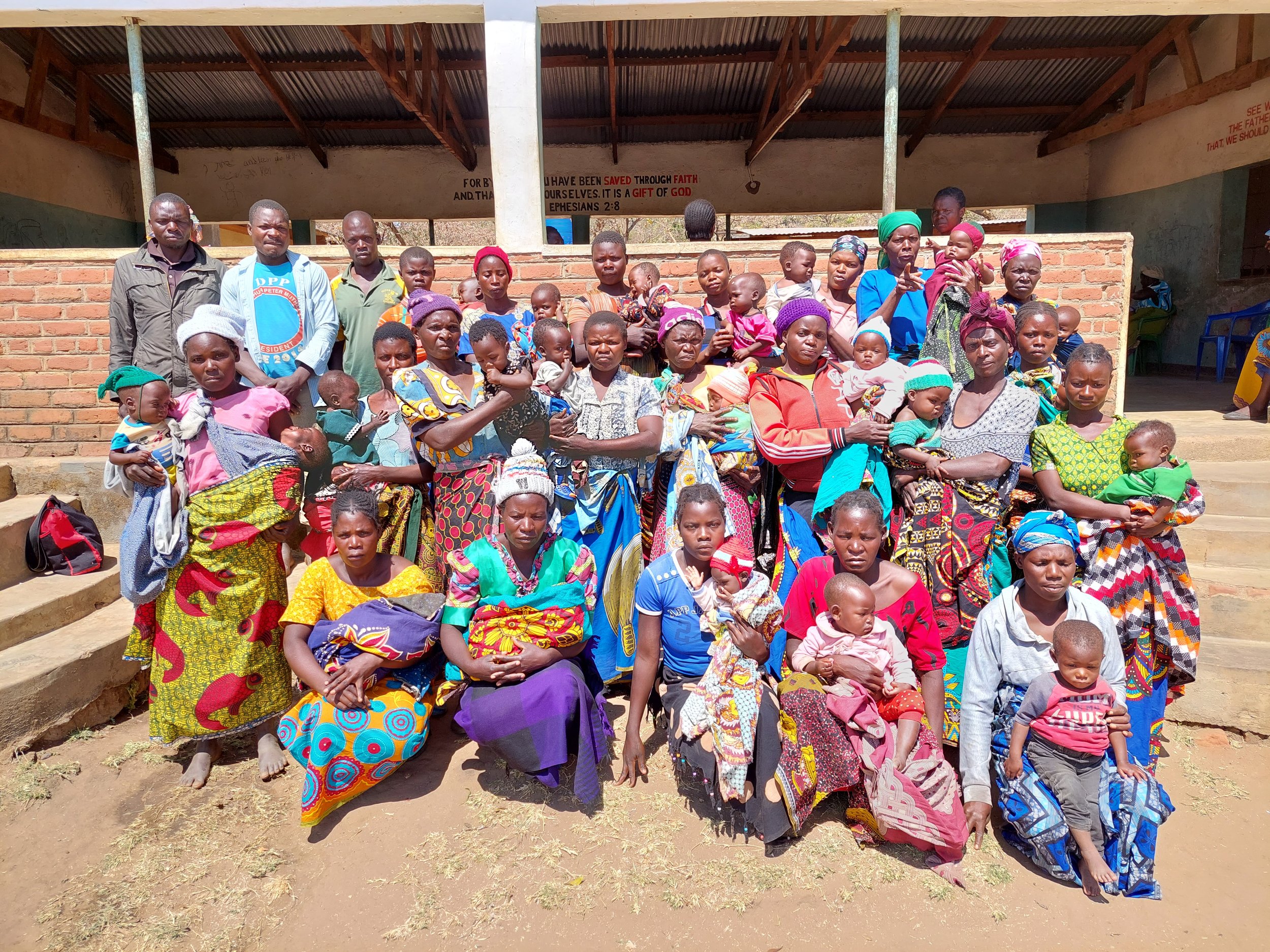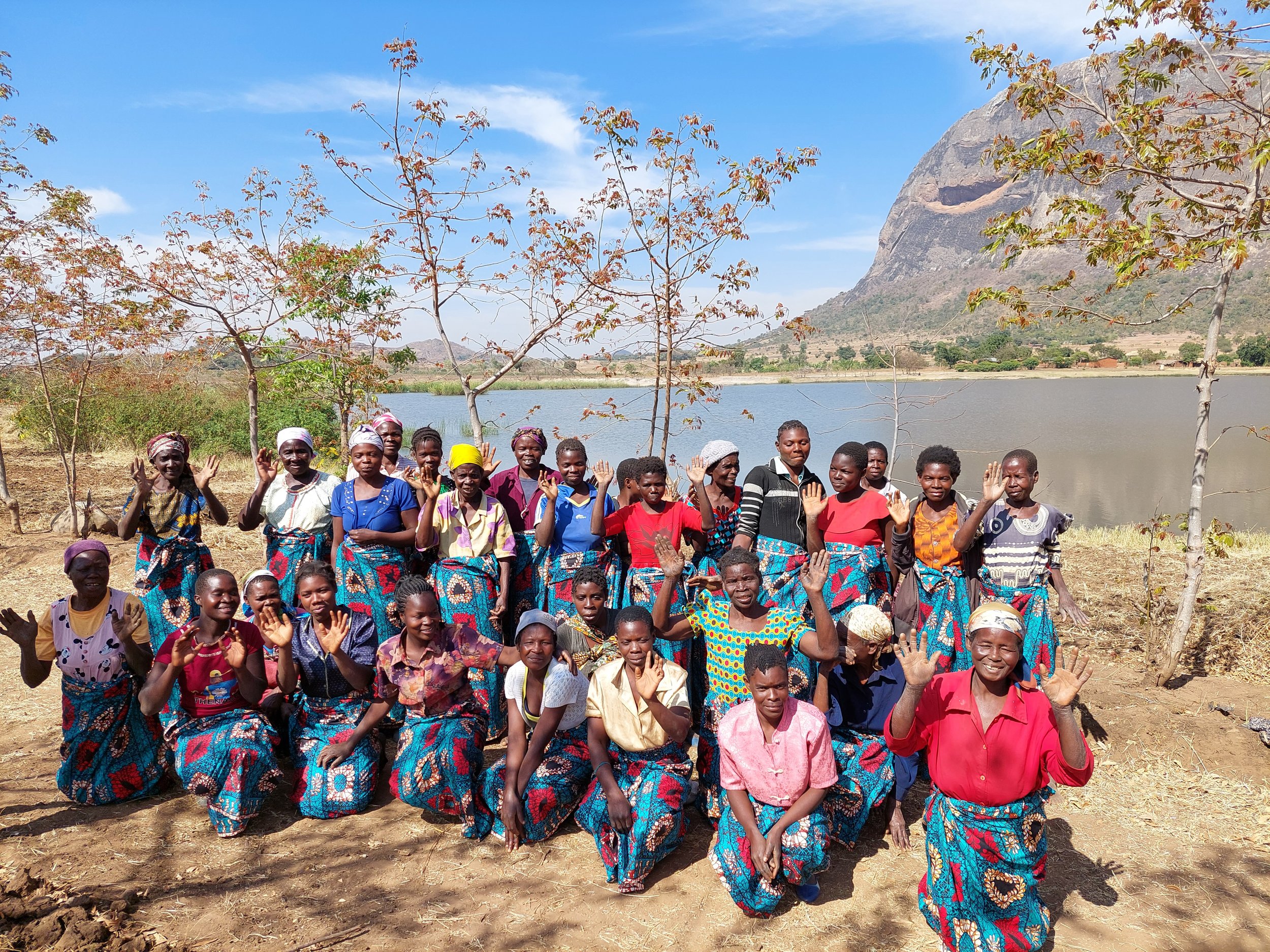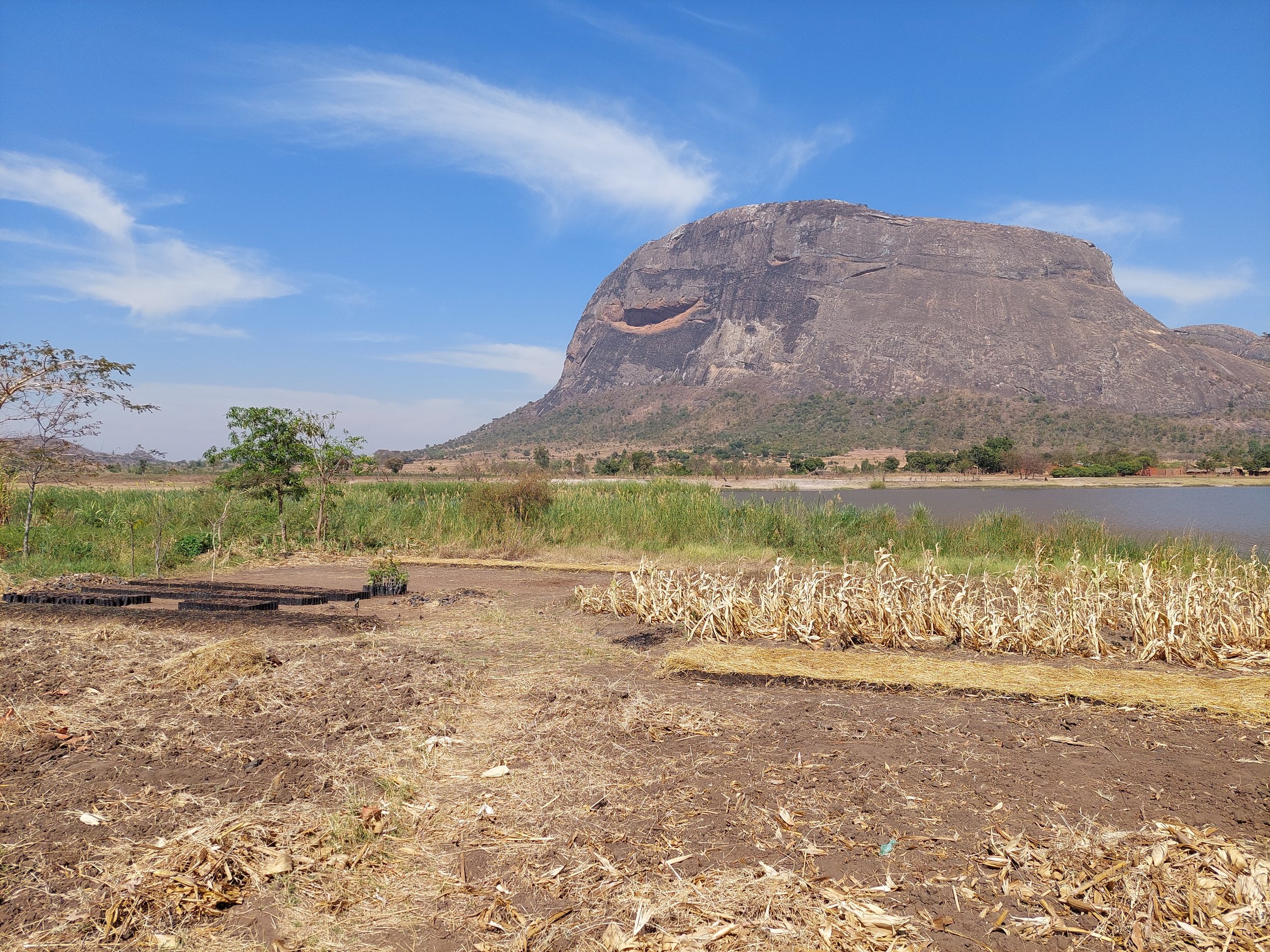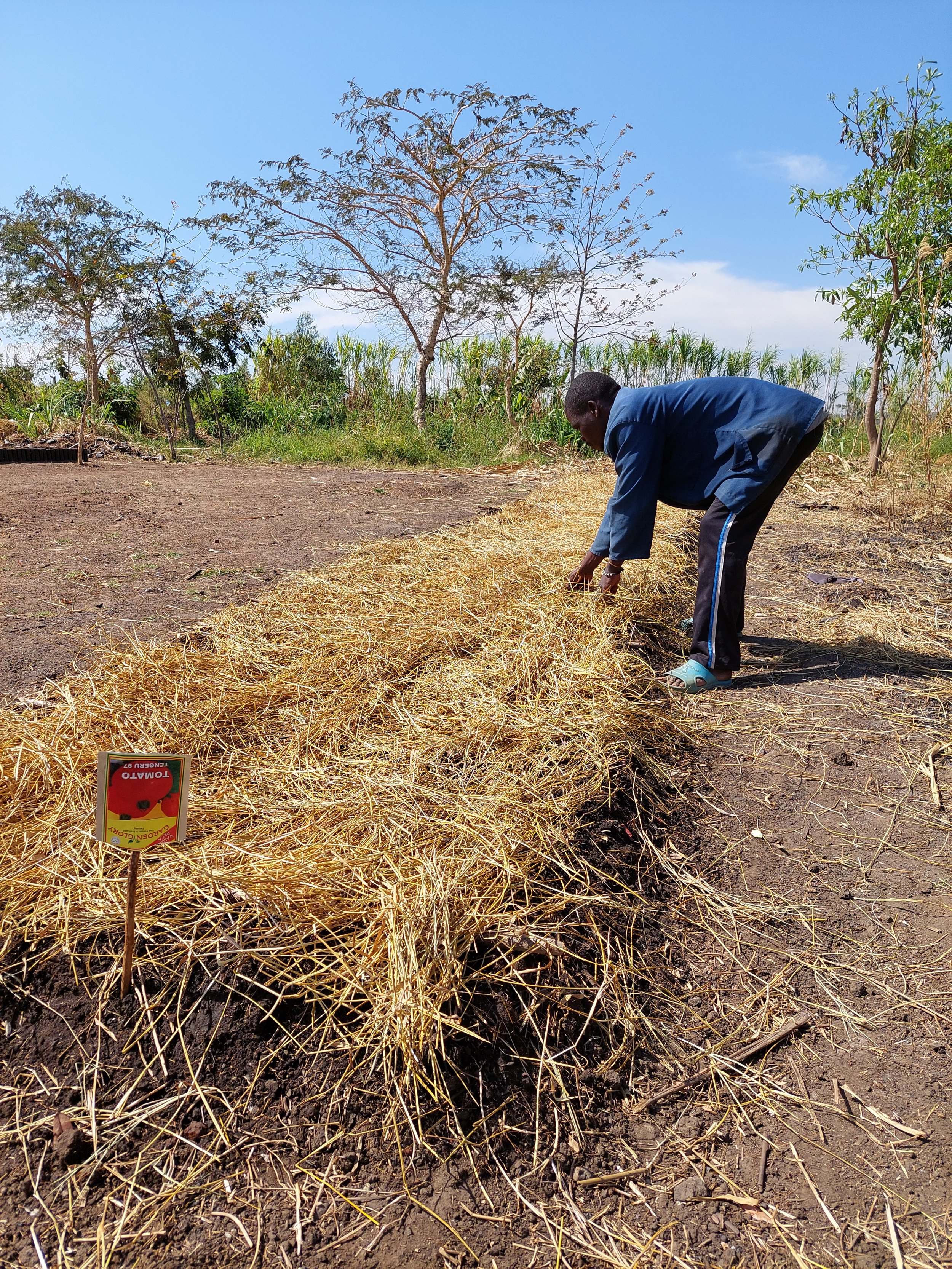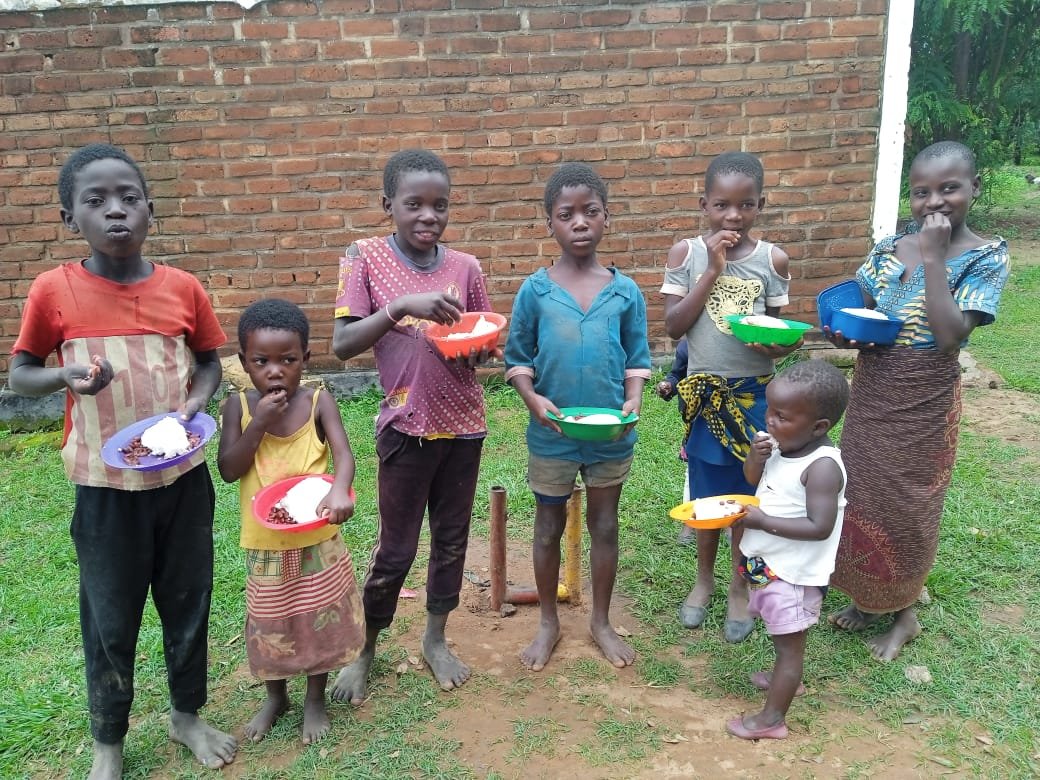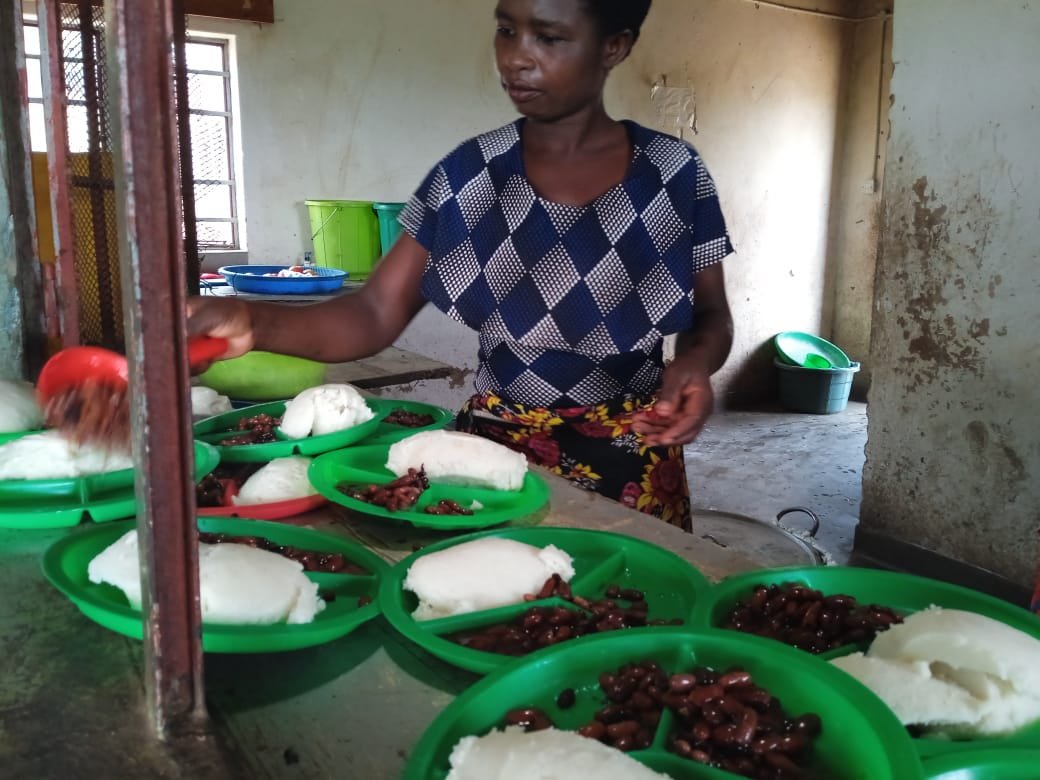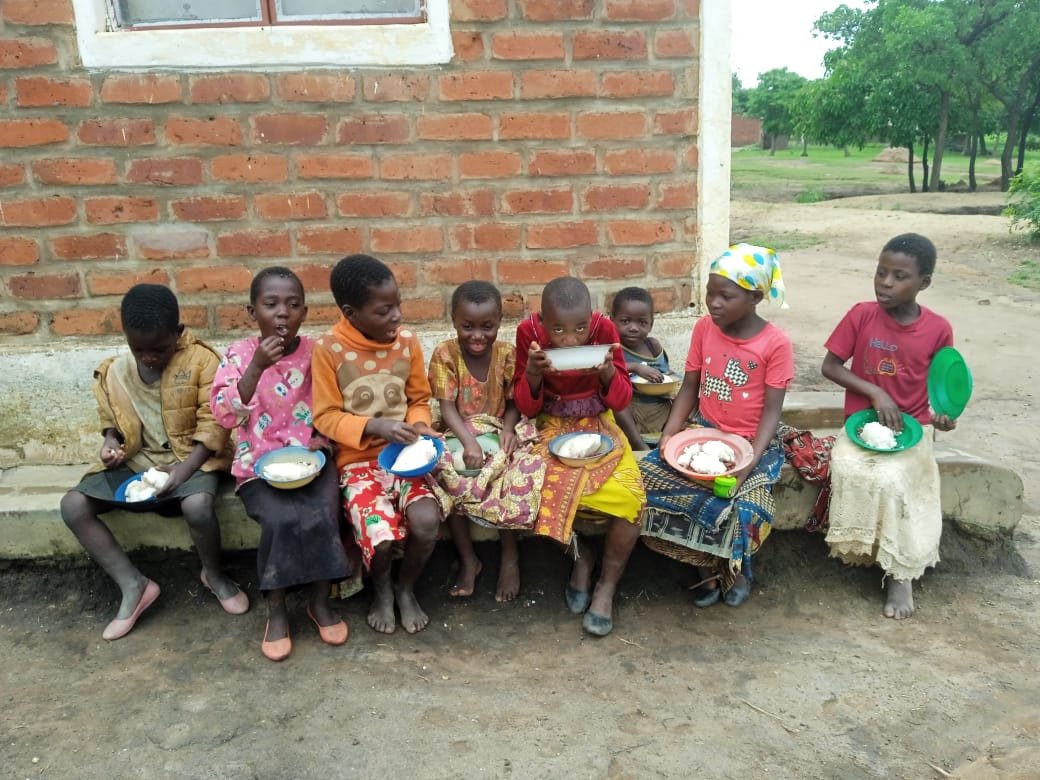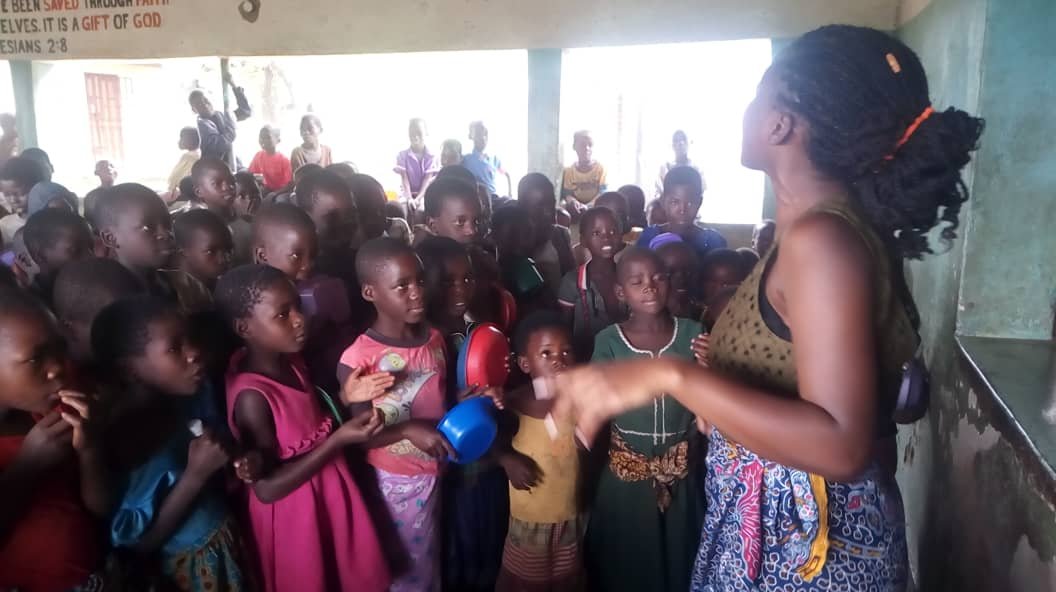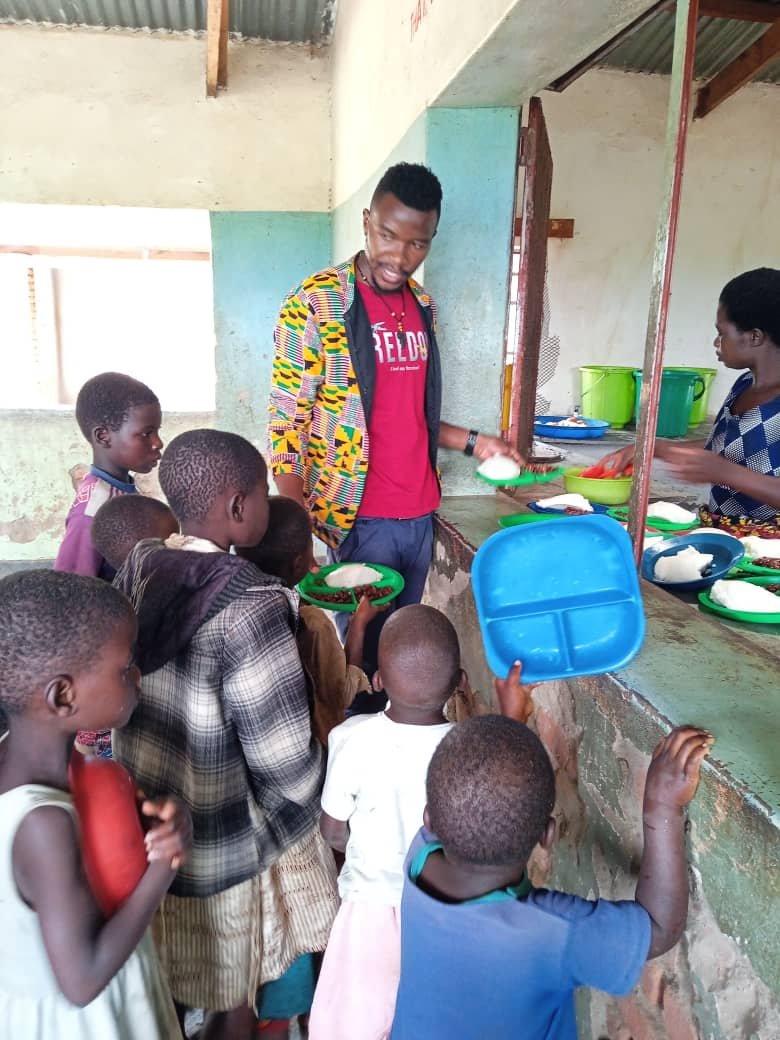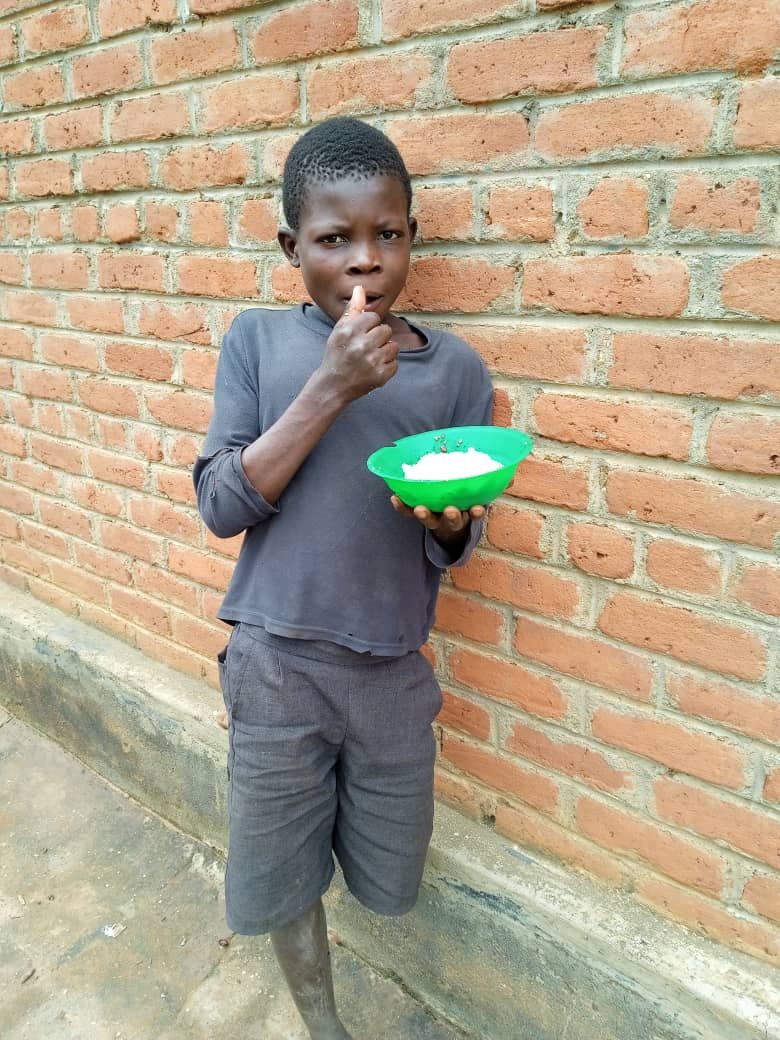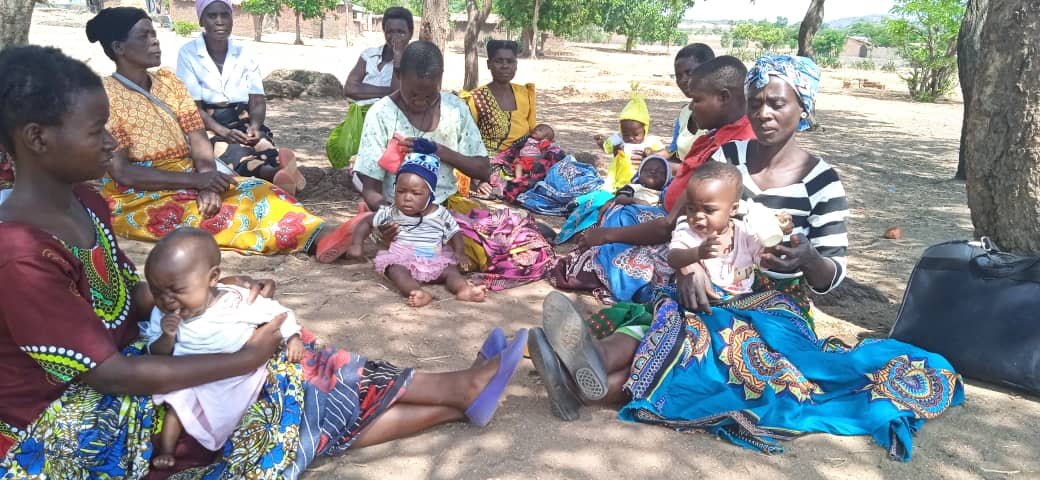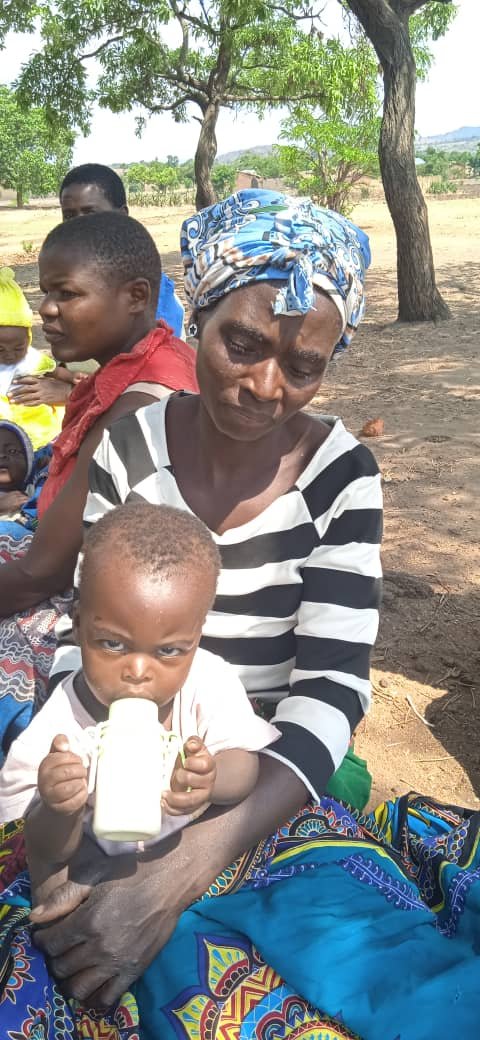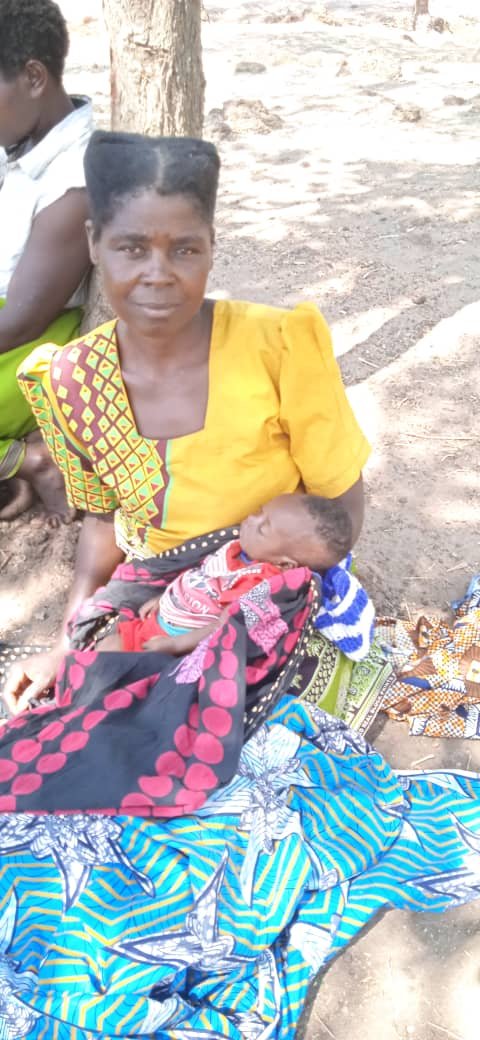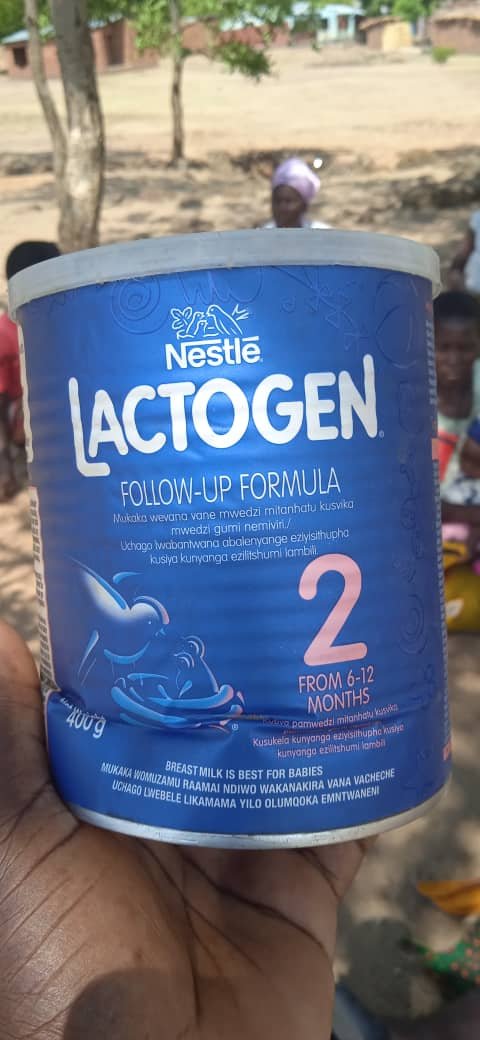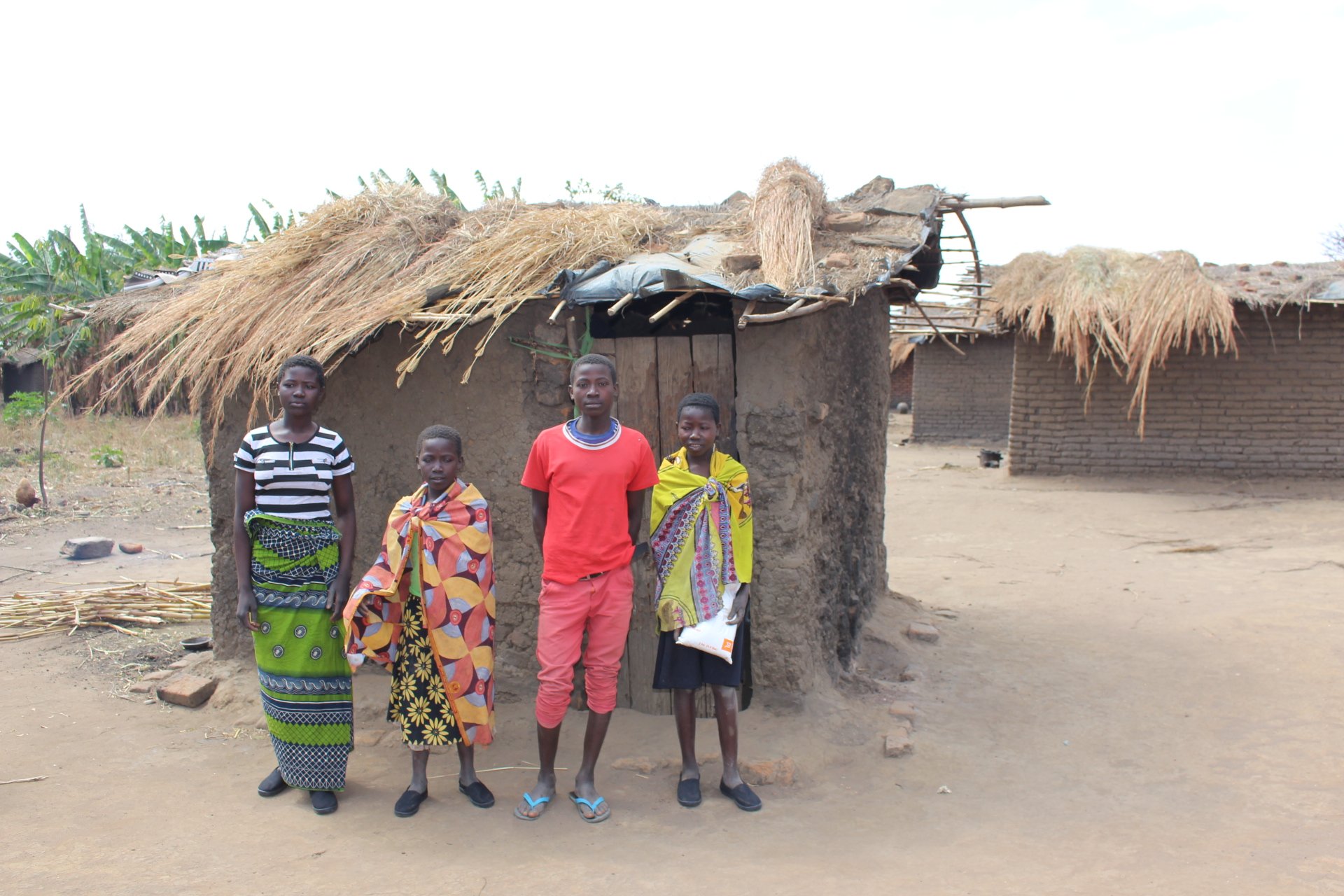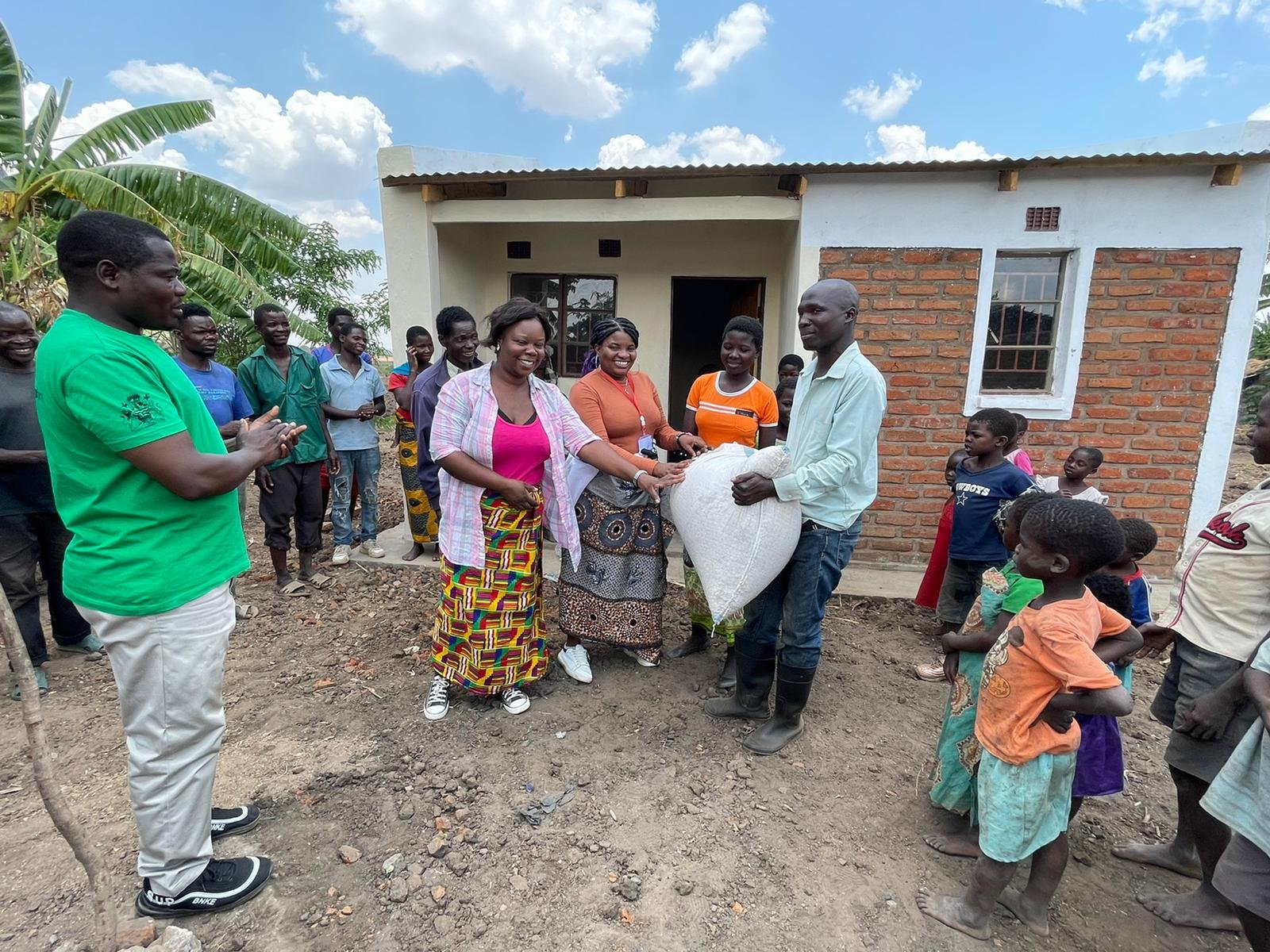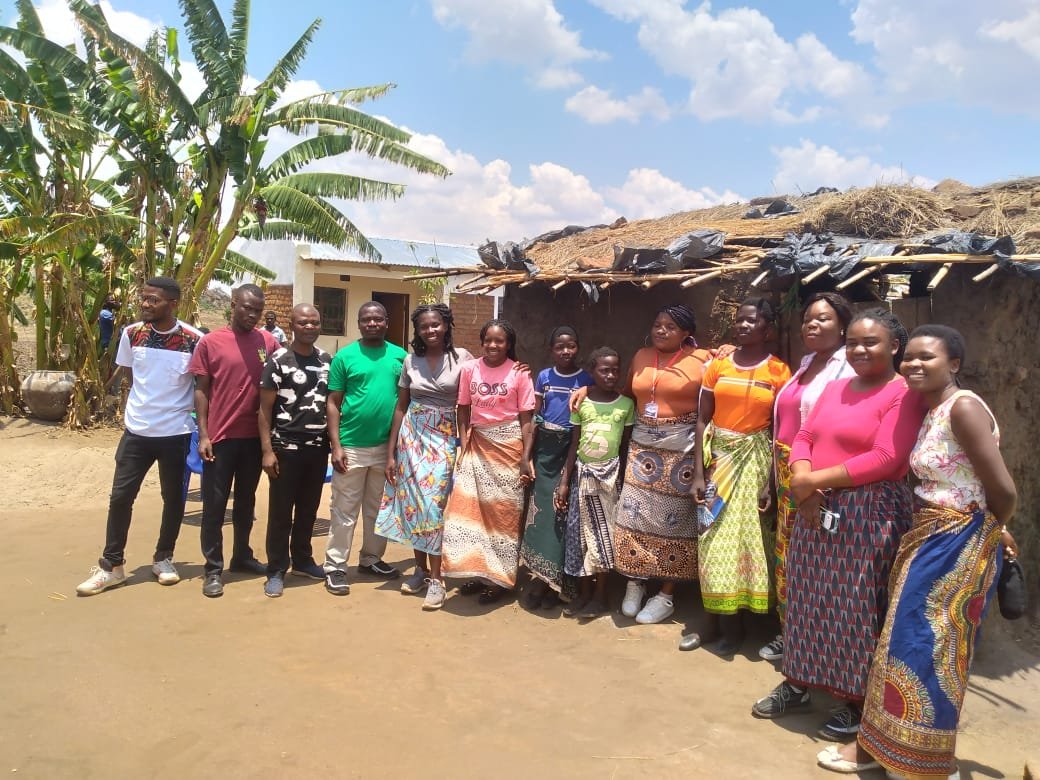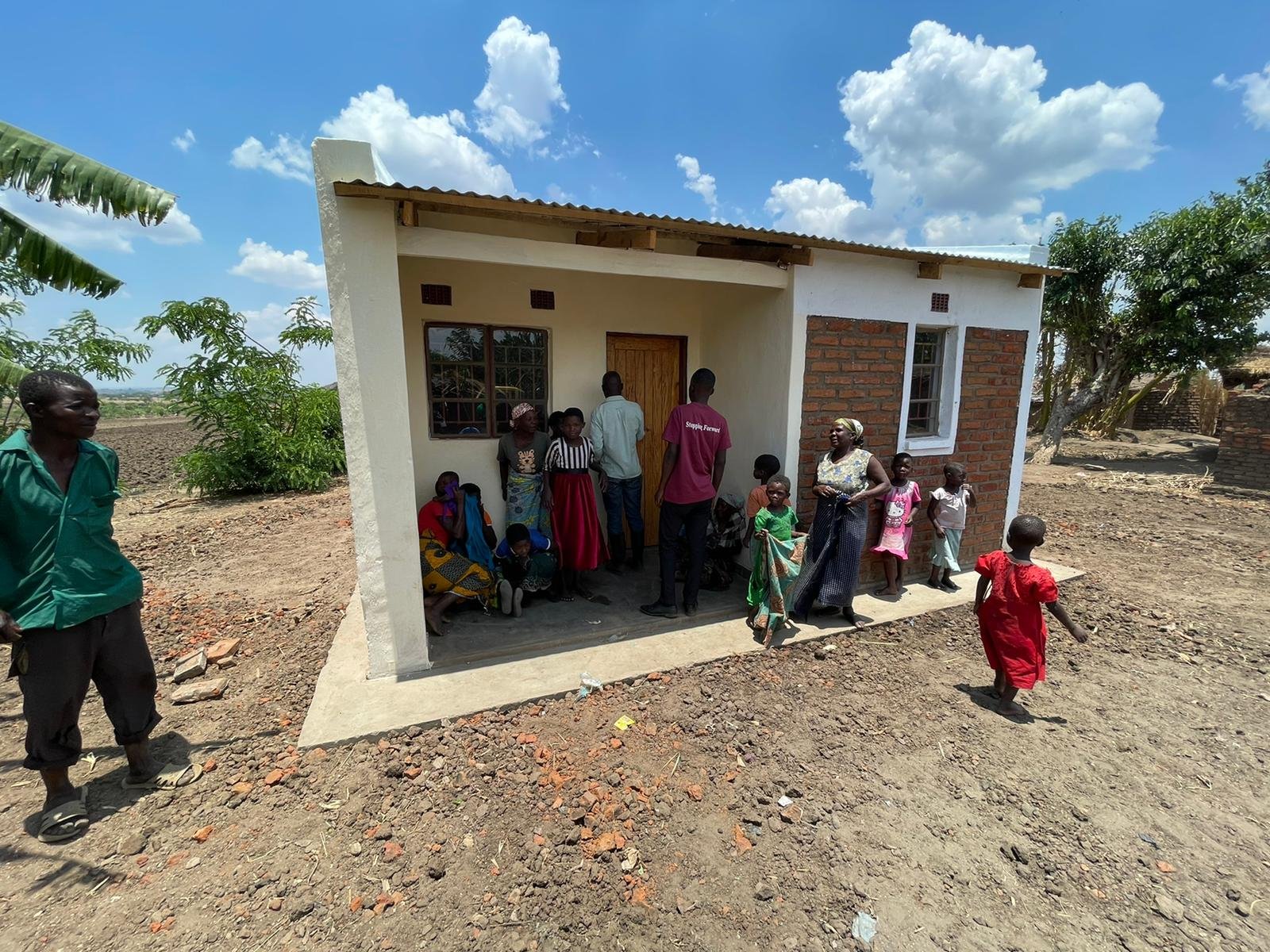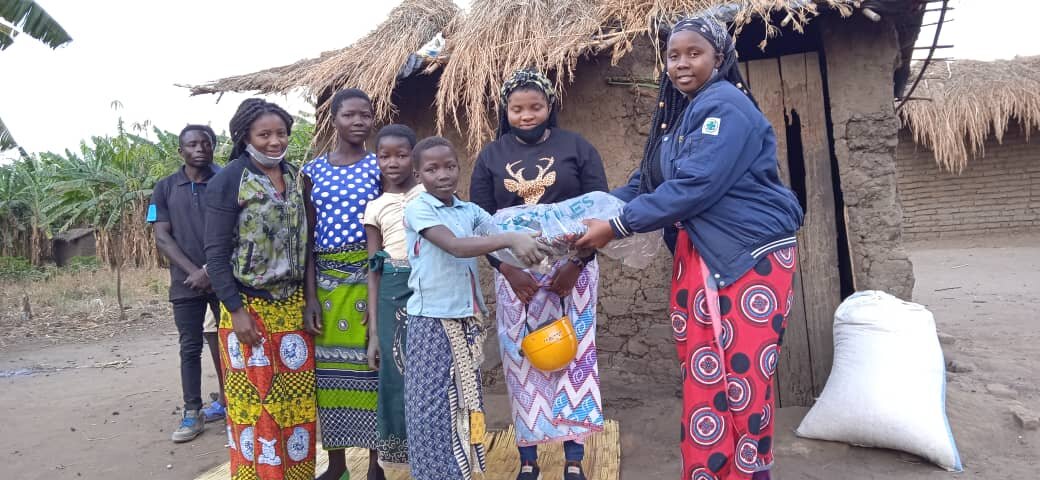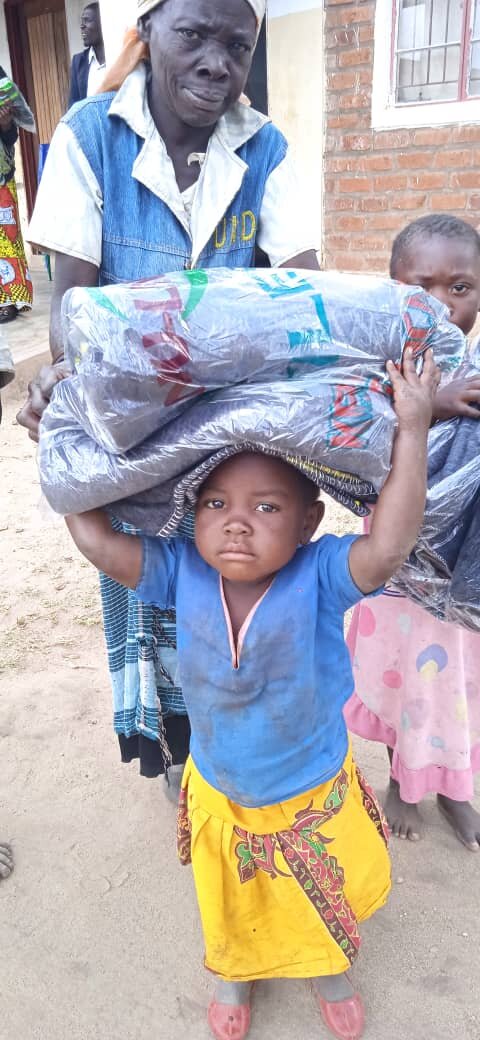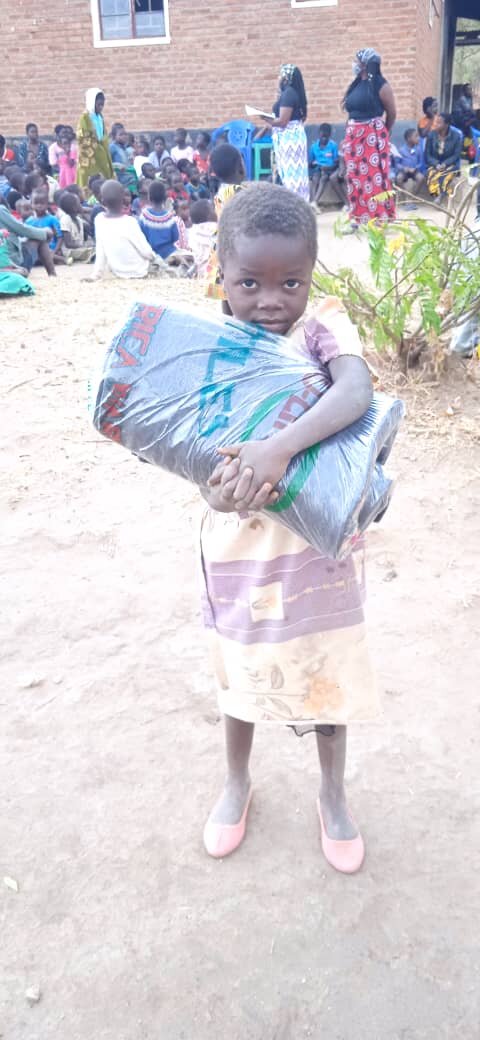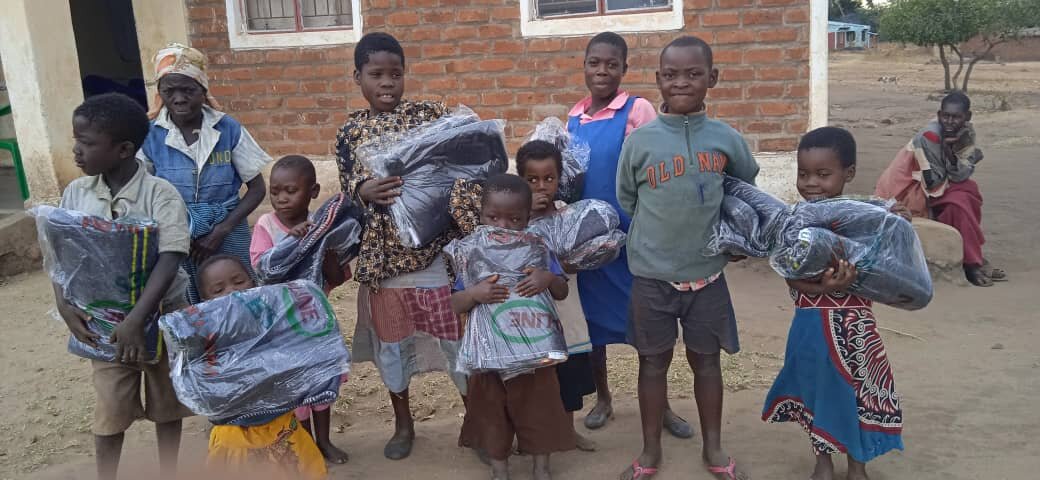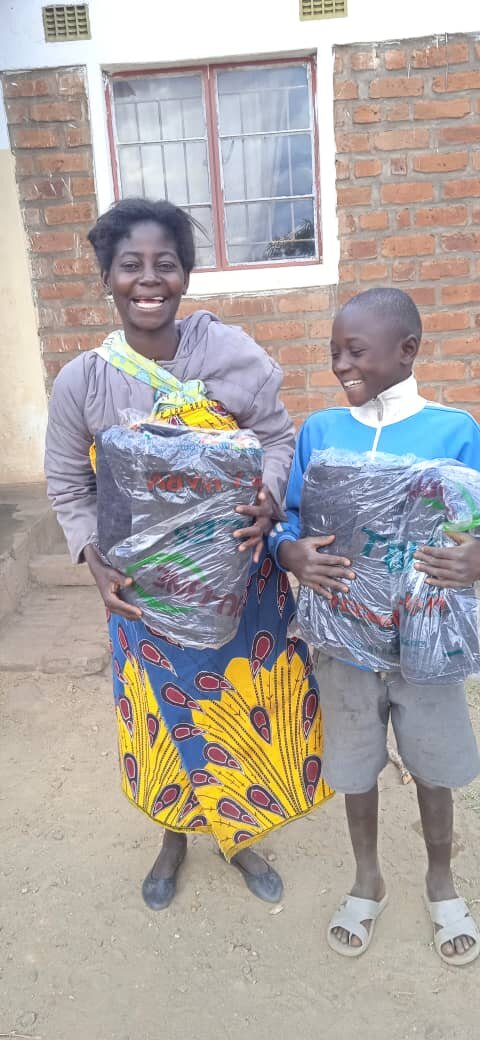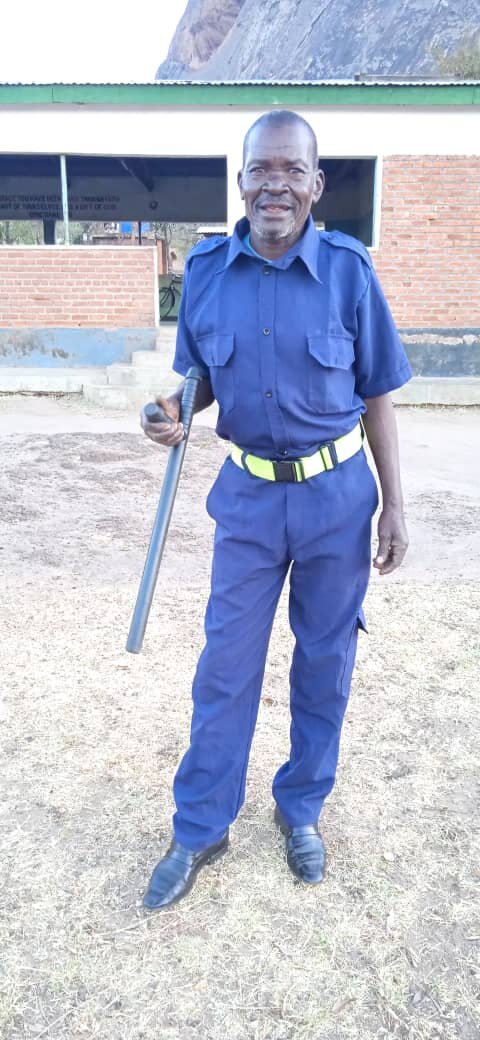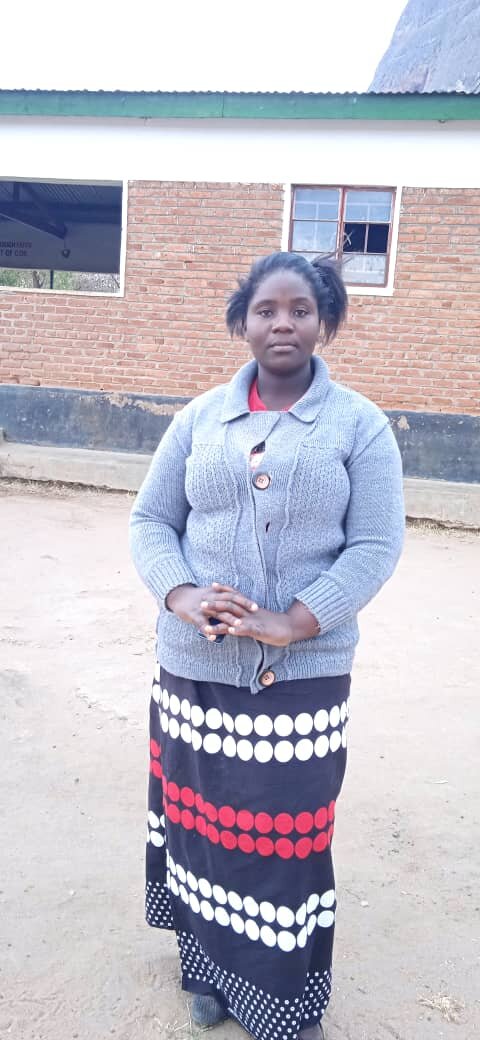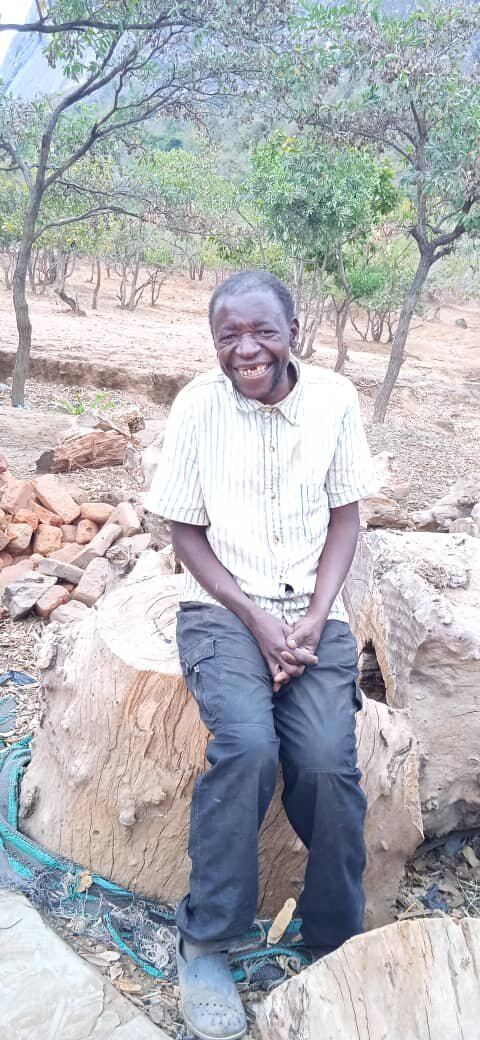Kachipapa is our the leader of our security guards and has been with Bright Vision for 14 years. He has six children, and through his work at Bright Vision has been able to support his family by farming, purchasing animals, and building a home.
Lugesi has been at Bright Vision for 7 years, and heads the feeding program while teaching nursery school. She has been able to support her family by paying school fees and maintaining her family’s fields. She also noted that the various trainings she has gone through at Bright Vision have benefited her greatly.
Judith went through our Secondary School sponsorship program, and after finishing school joined the staff in 2016. Her parents passed away some years ago, and she has been able to not only help care for her family (she has two kids), but also for her younger sister who is finishing up secondary school (also a part of the sponsorship program).
Nadziona was also a sponsorship student and joined Bright Vision’s staff seven years ago. She teaches nursery school, coordinates formula milk for infants in need, and also helps take care of funds coming in and out in Chamadenga. She’s been able to farm, purchase animals, and maintain her family’s field with her work at BVOC.
Bikausi joined Bright Vision 7 years ago. He started by just coming around to help, but we quickly realized that his hard work and reliability merited having him help as staff. He takes care of whatever needs to be done: chopping wood, taking maize to the mill to be turned into flour, and whatever else people need to make things run. Bikausi was born with a mental handicap, but being a part of Bright Vision’s staff has helped him grow tremendously as part of a community. We’re grateful for his lively presence and hard work.
I would add one important note: Our family (the Hirotos in Malawi) and the members of the board volunteer our time to work with Bright Vision (thank you to Chuck, Denise, Shirley, Cory, and Greg). None of the “Staff” or “Admin” portions of our budget goes to anyone outside of these 40 staff members who live and serve in Chamadenga. It is a joy for us to partner with our fantastic staff members who desire to serve the children and families at Bright Vision.









